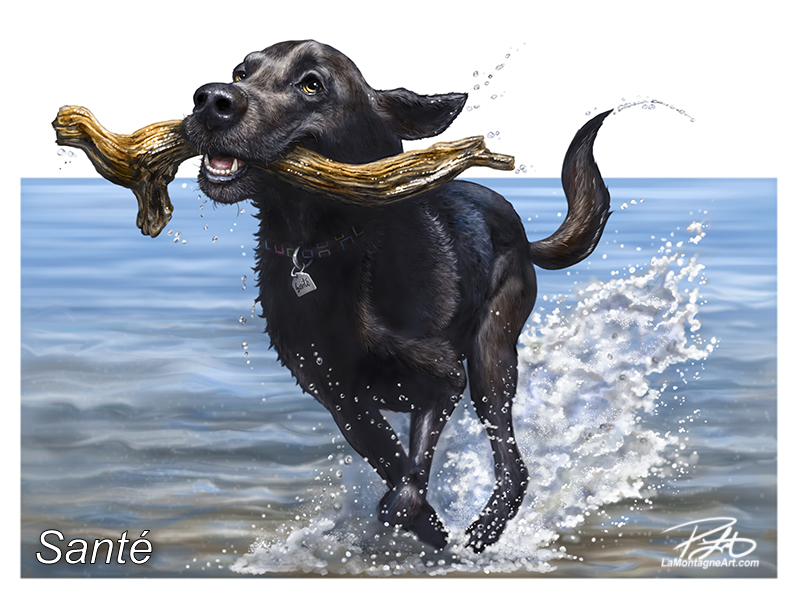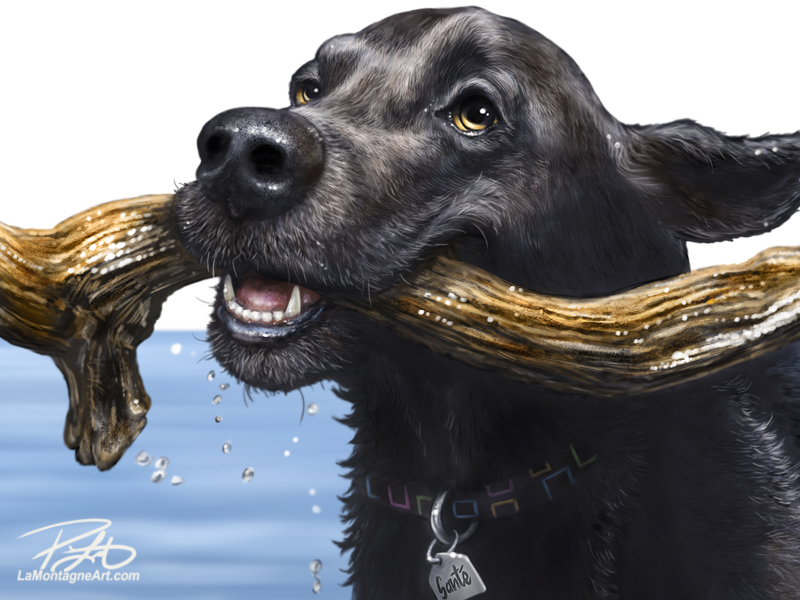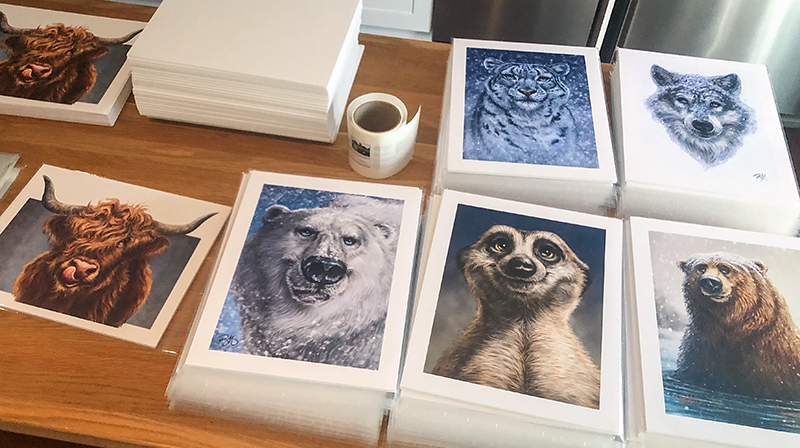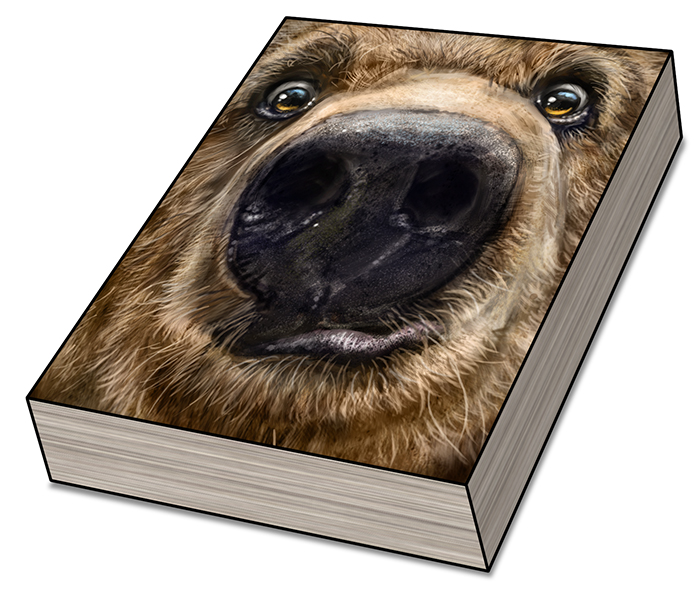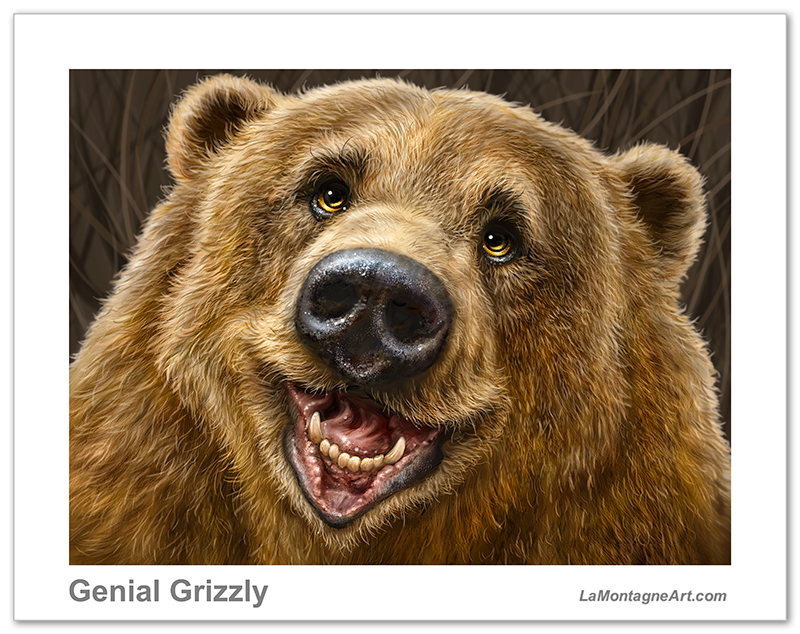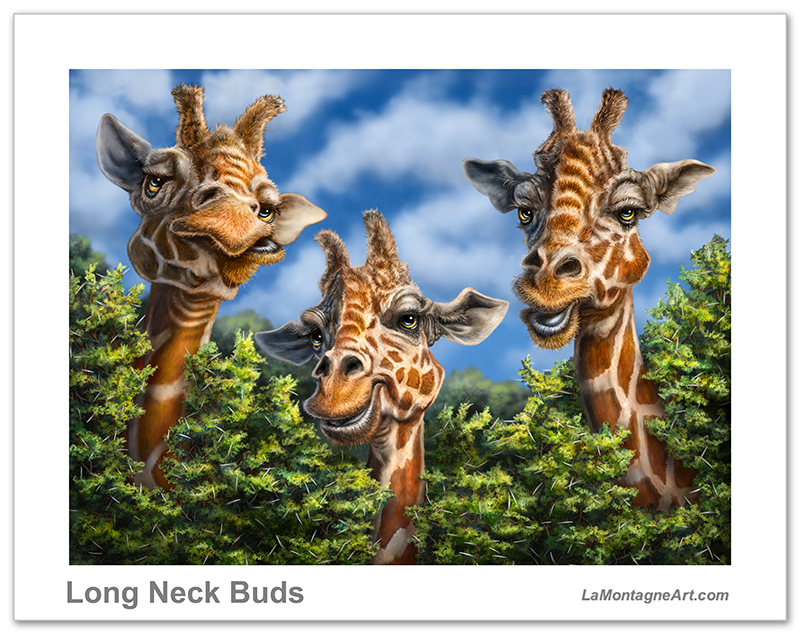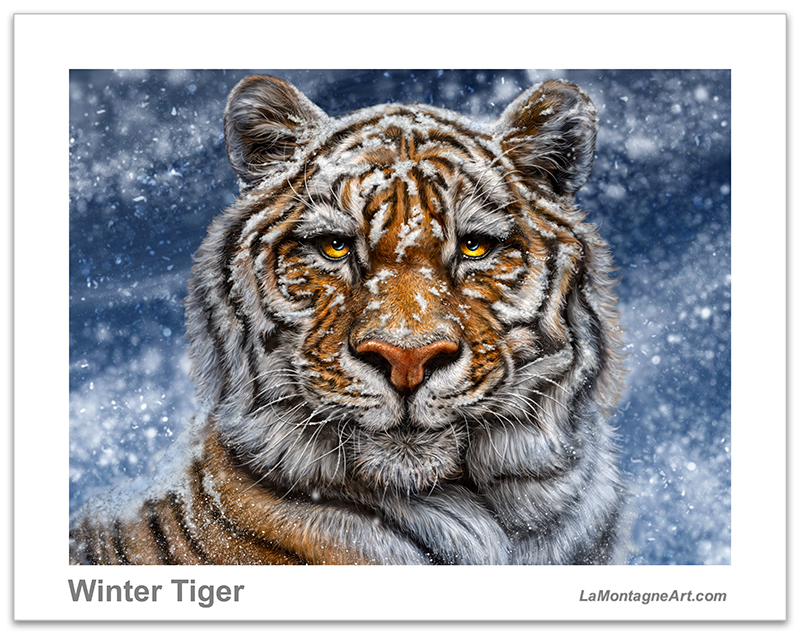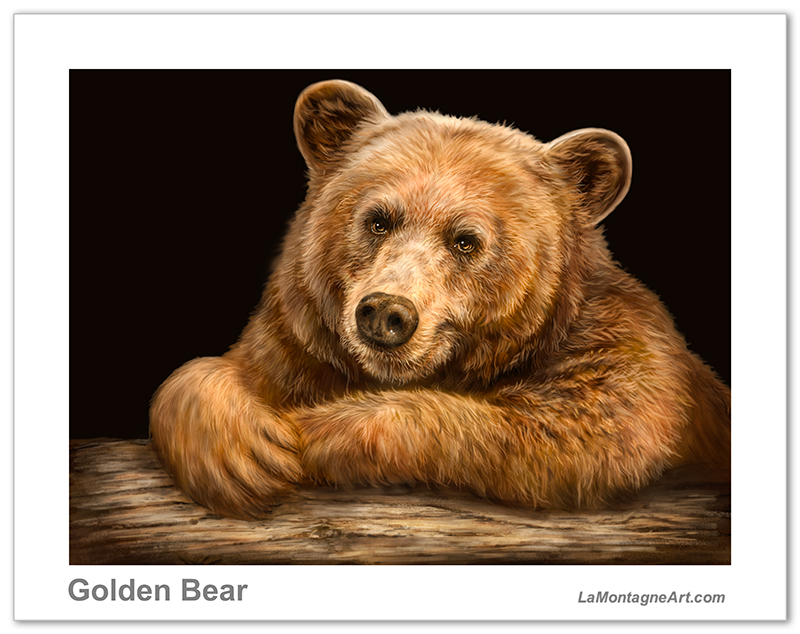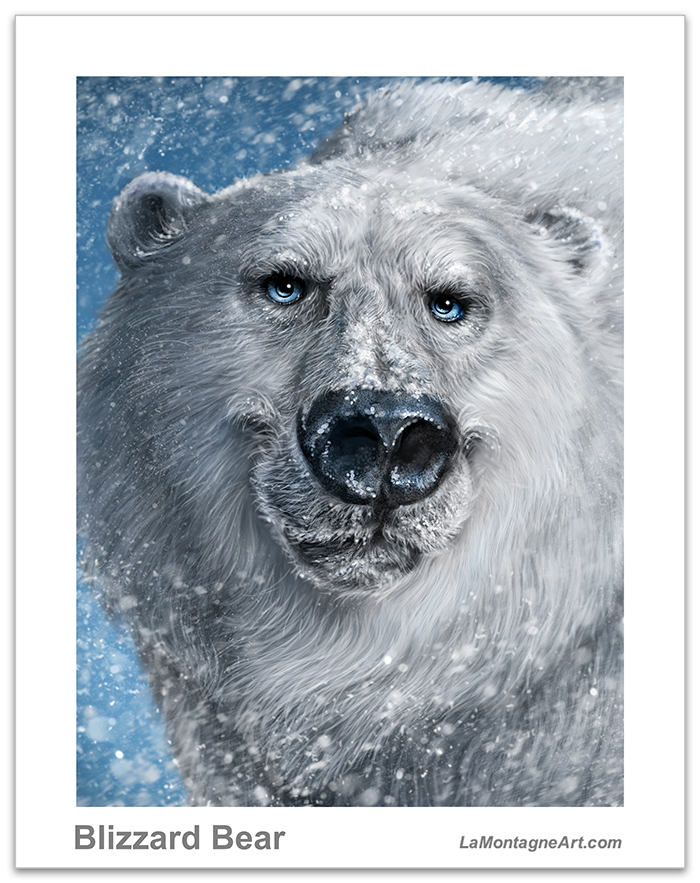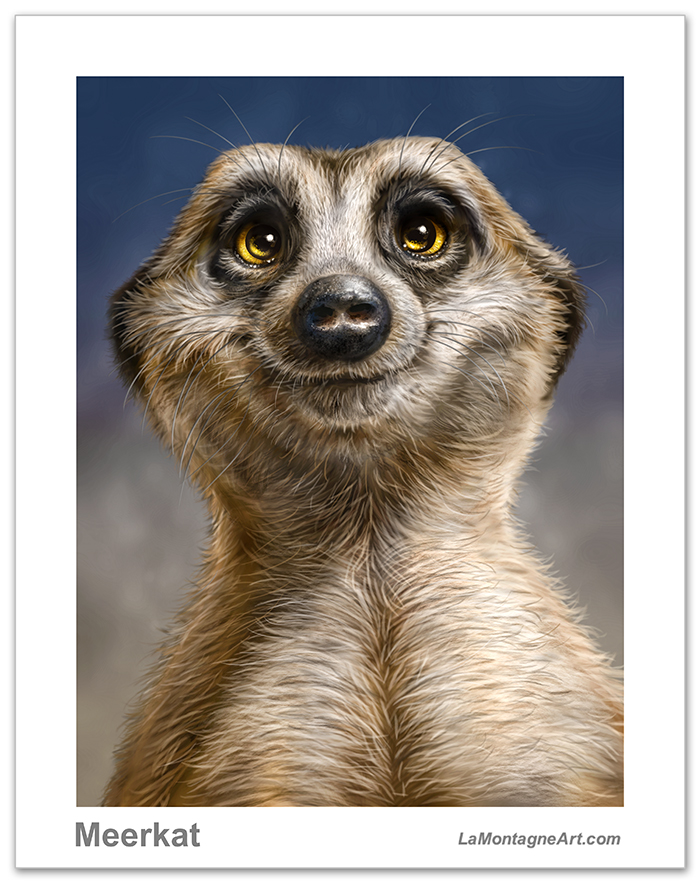
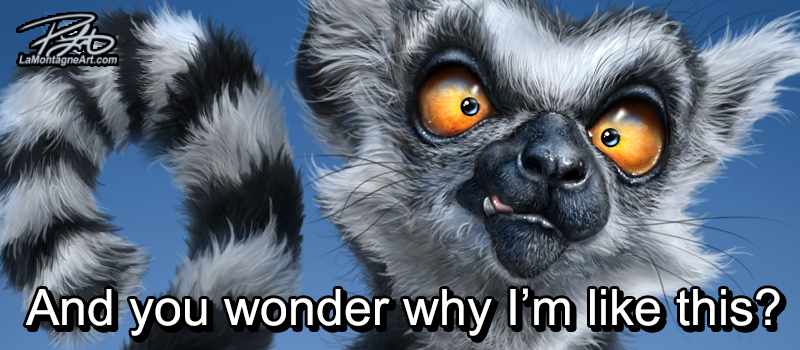 If your art becomes popular enough that people like it, share it and buy it, somebody will steal it. Some creatives stamp ugly watermarks across every image they post to try to combat this, but what’s the point if you need to go that far?
If your art becomes popular enough that people like it, share it and buy it, somebody will steal it. Some creatives stamp ugly watermarks across every image they post to try to combat this, but what’s the point if you need to go that far?
It’s not uncommon for people to remove my signature or change the wording in one of my editorial cartoons and then post it on social media with no credit or link to my site. It happens to every cartoonist. It strikes me especially funny when the alteration is so they can call a politician a liar, thief, or criminal.
Today’s word is irony.
On occasion, a company has stolen my work and offered it on an online product, usually in another part of the world. In most cases, a cease and desist is all it takes to remove it, and then they steal somebody else’s work. But in some countries, everything online is seen as free for the taking. I know artists who’ve been on vacation in Thailand and seen their work sold at roadside market stands.
If you’re shocked by this, remember that scammers bilk senior citizens out of their retirement savings every day. Humanity has more than its fair share of bottom-feeding scumbags. Art theft isn’t even close to the worst of it.
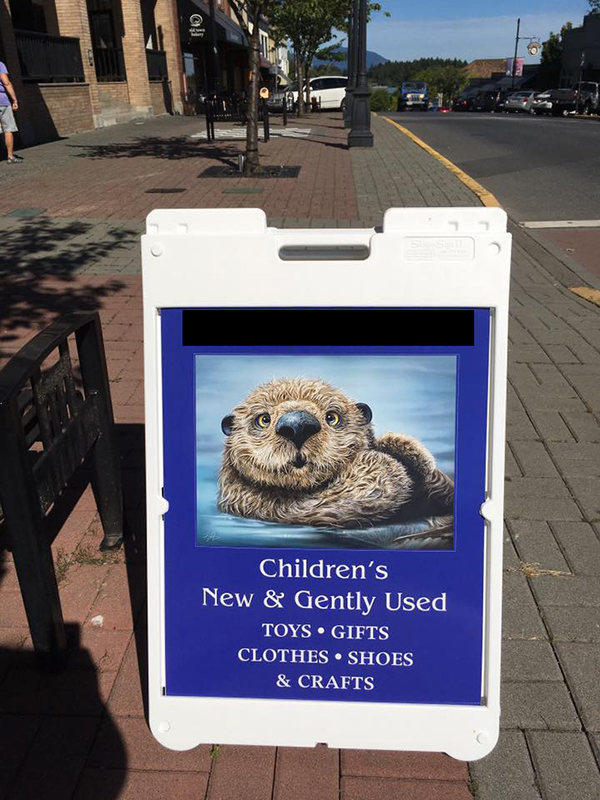 Several years ago, my friend Kathryn alerted me to a woman on Vancouver Island using my Otter painting as the logo for her business. It was on her business cards, a sidewalk sandwich board, window decals and advertising. When I called the owner on it, she said she Googled ‘royalty-free images’ and my otter came up. I asked if Mickey Mouse had come up in that search, would she think Disney would allow her to use him as her logo? My signature is still on the image on that sign! She angrily told me I was being unreasonable and said if I had been nicer, we could have come to an arrangement.
Several years ago, my friend Kathryn alerted me to a woman on Vancouver Island using my Otter painting as the logo for her business. It was on her business cards, a sidewalk sandwich board, window decals and advertising. When I called the owner on it, she said she Googled ‘royalty-free images’ and my otter came up. I asked if Mickey Mouse had come up in that search, would she think Disney would allow her to use him as her logo? My signature is still on the image on that sign! She angrily told me I was being unreasonable and said if I had been nicer, we could have come to an arrangement.
Based on such a trustworthy beginning, I clearly missed out on untold riches.
On a trip to Vancouver Island, we stopped in Ladysmith to ensure it wasn’t still going on. She’d sold the store, and my work was nowhere to be seen. That’s why I’ve blacked out the name in the photo.
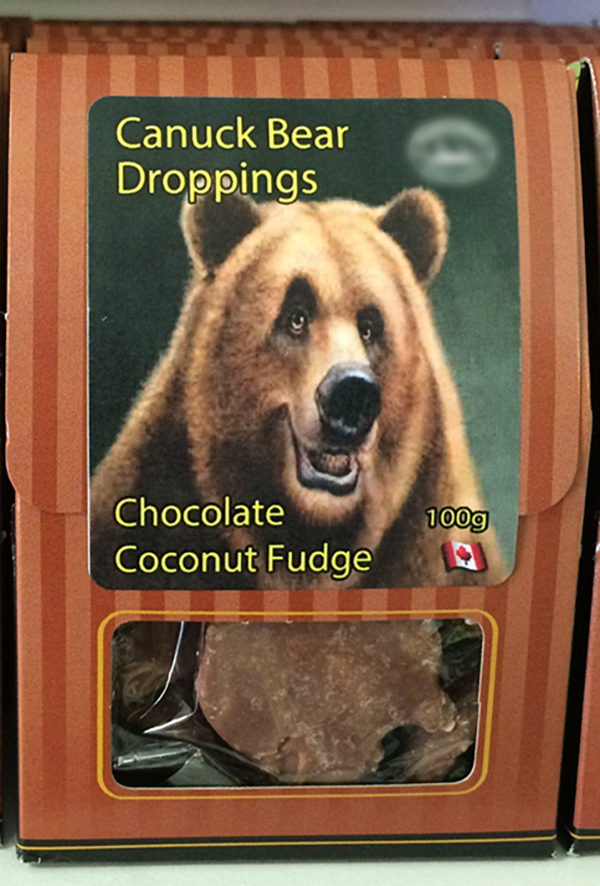 Another company in the same area had my Moose and Grizzly Bear paintings on their chocolate-covered candy labels sold in a local store. The company’s owner in Eastern Canada said they’d hired a graphic designer to make the labels. He just stole my work online and passed it off as his own.
Another company in the same area had my Moose and Grizzly Bear paintings on their chocolate-covered candy labels sold in a local store. The company’s owner in Eastern Canada said they’d hired a graphic designer to make the labels. He just stole my work online and passed it off as his own.
The owner apologized and said he would remove the offending images from his products.
People will frequently look down on artists for not having ‘real jobs,’ or expect us to work for free or the ever-popular ‘exposure.’ Every time I try to pay my bills with this mythical currency, companies laugh at me. I guess it’s only good for art.
For many people, art is their business; when somebody steals from your business, you must deal with them. If it’s an overseas company in a country with lax copyright laws, you could sell your house and spend it all on lawyers, and you still wouldn’t win.
You pick the hill you want to die on.
Which brings me to last week.
A woman in Nevada has been selling my artwork as her own, alongside what I can only assume is questionable CBD potions. As far as I can figure, she has purchased canvases of some of my work, likely from print-on-demand sites like Art.com, Wayfair, iCanvas, and others.
These companies were licensed to sell my work through agreements I signed when represented by Art Licensing International. I ended that relationship early last year, but these companies had contracts with the rights to sell my work until the end of their terms.
Most of those have expired, so even though you can still see my work on some sites, you can’t order it anymore. I’ll write another post later on why I don’t find those sites appealing.
Since the art thief has been doing this for a few years or longer, I suspect that’s where she got them since I don’t post high-resolution images on my site. She then applied some brushstrokes to those canvases and sold them as her original work.
At Photoshop World Las Vegas in 2014, I took a class from a New York copyright lawyer. He was an entertaining character but knew his stuff and had represented plenty of artists who’d been ripped off. His advice even saved me from a deal I worked on that very week with a couple of scammers in Calgary.
The lawyer talked about the oft-quoted 10% rule, the belief that if you change another artist’s work enough, copyright no longer applies, so that you can resell it as your own. He shared the official legal term for that rule; Bullshit.
It’s the kind of thing amateur creatives tell each other to justify stealing.
According to Canadian and United States law, an artist owns copyright to their work as soon as they create it. However, officially registering allows you to claim more financial damages when suing somebody for a breach.
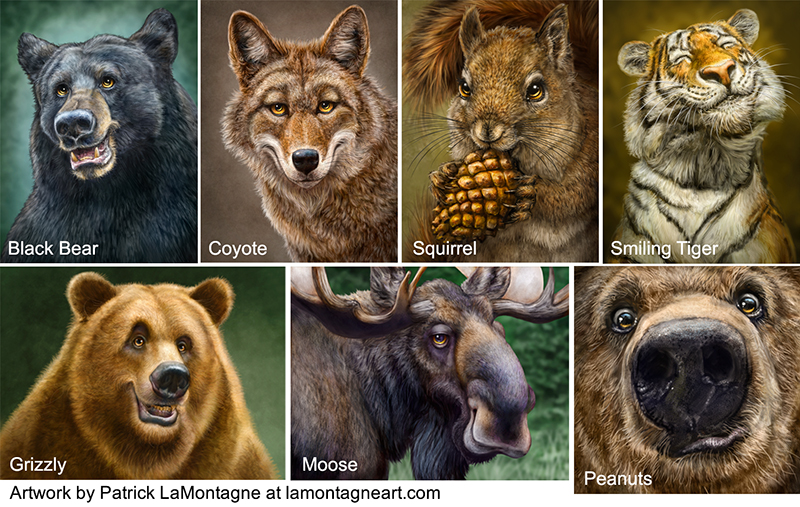 From what I’ve found, she stole my Coyote, Grizzly, Black Bear, Moose, Squirrel, Peanuts and Smiling Tiger paintings, but likely more than that. While the first five are no longer bestsellers, and a couple are even retired, my Smiling Tiger and Peanuts paintings are two of my most popular, bestselling and frequently licensed images.
From what I’ve found, she stole my Coyote, Grizzly, Black Bear, Moose, Squirrel, Peanuts and Smiling Tiger paintings, but likely more than that. While the first five are no longer bestsellers, and a couple are even retired, my Smiling Tiger and Peanuts paintings are two of my most popular, bestselling and frequently licensed images.
Stupid is as stupid does.
She advertised that she’d be showing her art all month at a venue in Nevada, complete with photos on her website, Facebook and Instagram. She removed the image from her webpage, but I saw that coming and captured screenshots. Not my first rodeo. I have blacked out some areas of the image that may unfairly implicate others.
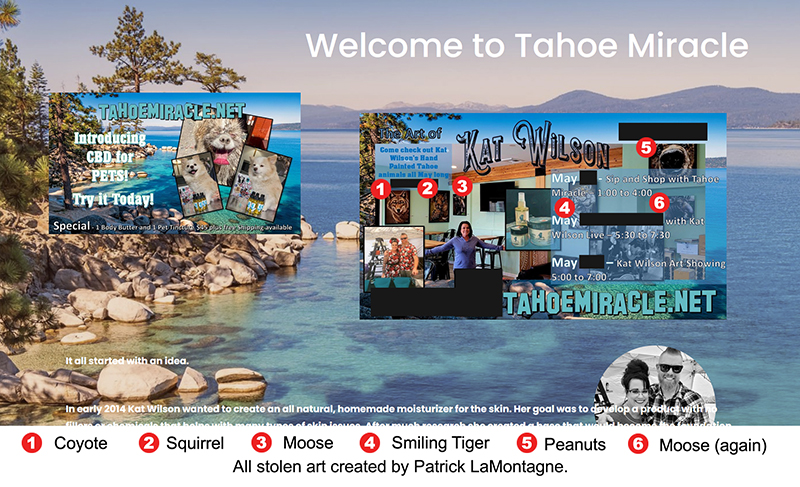 I contacted the venue and informed them that this ‘artist,’ for lack of a better term, had stolen my work. I included several links to my site, blog posts where I wrote about the images when I had painted them, and links to companies that licensed my art. And while I told them I didn’t blame them for the infraction, I suggested they distance themselves from the offender.
I contacted the venue and informed them that this ‘artist,’ for lack of a better term, had stolen my work. I included several links to my site, blog posts where I wrote about the images when I had painted them, and links to companies that licensed my art. And while I told them I didn’t blame them for the infraction, I suggested they distance themselves from the offender.
The response from the venue was better than I’d hoped. They apologized (not their fault), told me they removed the canvases from their walls and even copied me on an email they sent to the fraudulent artist. In it, they told her she was no longer welcome there, and if she wanted to collect her canvases, they’d be at the local Sheriff’s office for retrieval.
She declined to pick them up.
You don’t say.
I had also contacted a friend who lives in that area and asked if she knew the place. She said she did and spoke highly of it. I don’t believe they’re complicit, and as the business is also a victim of this fraud, I see no need to name them.
I have sent emails to other events she’s advertised on her site and to markets where she has sold my work in the past, informing them of the theft and asking them to cancel her registrations.
I am not an advocate of cancel culture and trial by media. Some people don’t know what a reasonable response is, and internet vigilantism seems to have one setting: scorched earth.
That said, given what I’ve seen, she has been stealing my artwork for years. The problem is that when I searched for her online, I came across a few other legitimate artists with the same name, and I don’t want them confused with this thief. It takes very little time to cancel somebody, and it’s nearly impossible to reverse it when you’ve got the wrong person.
So, instead, I’ve shared the photos from her site. I’ve blacked out the venue name and details but left her name intact. Since references to and images of my work are still up on her Instagram and Facebook, I’m also linking to those. The artwork may be removed when you read this, as I’ll share links to this post in her comments section. She has removed my images from the front page of her website.
From a cease-and-desist email I sent her, she responded, “Patrick. I’m very sorry. I will never paint again. The paintings I have will be destroyed. Kat.”
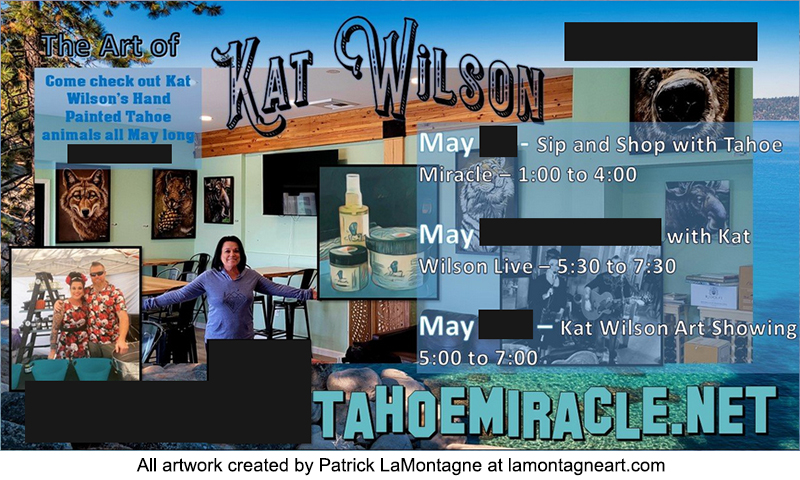 After a whole career dealing with this kind of thing, I am firm-footed in ‘fool me twice’ territory. Her reply almost stopped me from writing this post, but she’s standing proudly in that photo with six large canvases of an art style I’ve spent years developing. And 24 hours after her apology, my work is still visible on her social media with mentions of her amazing paintings. Very sincere.
After a whole career dealing with this kind of thing, I am firm-footed in ‘fool me twice’ territory. Her reply almost stopped me from writing this post, but she’s standing proudly in that photo with six large canvases of an art style I’ve spent years developing. And 24 hours after her apology, my work is still visible on her social media with mentions of her amazing paintings. Very sincere.
Genuinely sorry, or sorry you got caught?
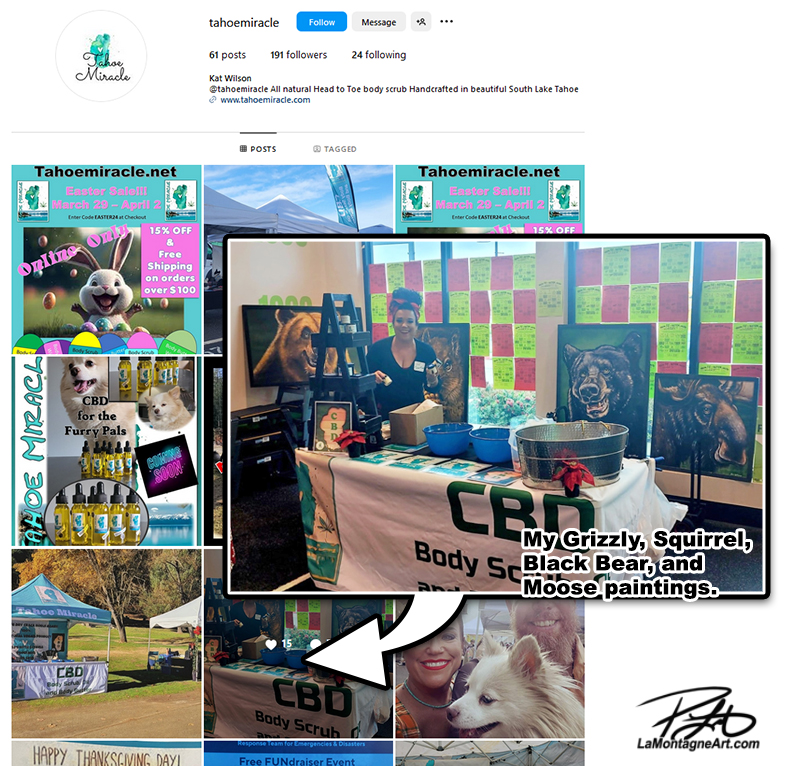 If your only available settings for creating art are stealing it or not painting at all, I’m at a loss to understand why you’d bother pretending to be an artist. Choose a profession more suited to questionable morality, like federal politics.
If your only available settings for creating art are stealing it or not painting at all, I’m at a loss to understand why you’d bother pretending to be an artist. Choose a profession more suited to questionable morality, like federal politics.
I’m sharing this story as a cautionary tale and a teaching moment. If you’re an artist learning new skills, copying somebody else’s technique, studying their methods, and imitating other styles to find your own is part of the process. That’s what every artist does. It’s how we learn. Eventually, you get tired of being a poor copy and strive to become an original.
But don’t steal somebody else’s artwork and pass it off as your own. It’s happened to every artist I know, and it can quickly become an open wound that never heals. People will find out. Artists routinely reverse-search their own images to catch this sort of thing, though I found out about this infraction another way.
When one artist sees another ripped off, they will tell them about it because we all know how it feels. In some cases, if the artist is popular enough, their community of followers will destroy you online. I’ve seen it happen more than once. It’s brutal.
Dealing with this issue has taken way too much of my time this past week, time I’d much rather have spent painting. It should be obvious why this got bumped up on the priority list.
While I’m not happy about this situation, I’ve mellowed in my older middle age, and I’m not raging or losing sleep over this. It would be naïve for her to imagine several years of theft can be erased by three short sentences in an email, with little action to back up her supposed remorse. I don’t know how much of my artwork she sold, but I’m confident I won’t get a cheque in the mail. And anyone who bought my work from her likely won’t get refunds.
I’ll keep an eye on her to make sure she stops stealing my work, and if further evidence presents itself of ongoing fraud, I’ll make it as uncomfortable as possible for her to continue.
And if she suddenly finds a new art style (she’s done this before), you can bet I’ll do my best to let the next victim know about it and help them in any way I can.
Cheers,
Patrick


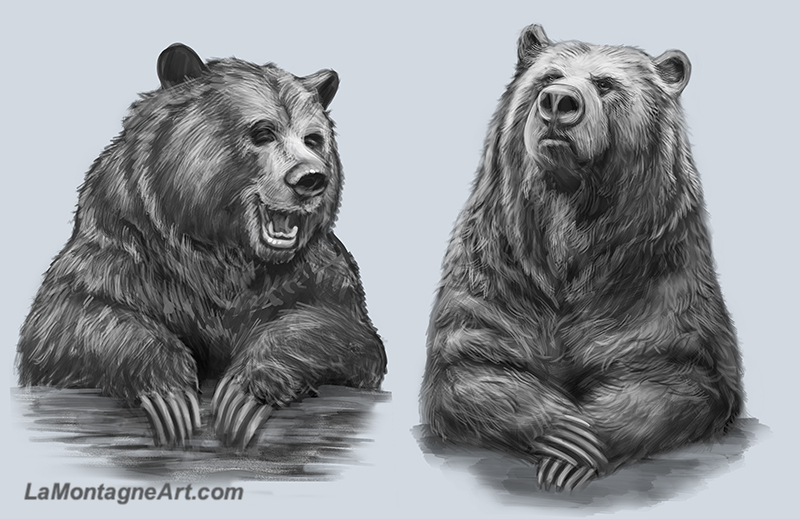 But I’ve also been working on the group of bears I’ve been chipping away at for some time now. The original plan for this piece was five adult bears sitting at a log in the woods, like a group of friends hanging out and chatting. I drew six of them separately to give myself options.
But I’ve also been working on the group of bears I’ve been chipping away at for some time now. The original plan for this piece was five adult bears sitting at a log in the woods, like a group of friends hanging out and chatting. I drew six of them separately to give myself options.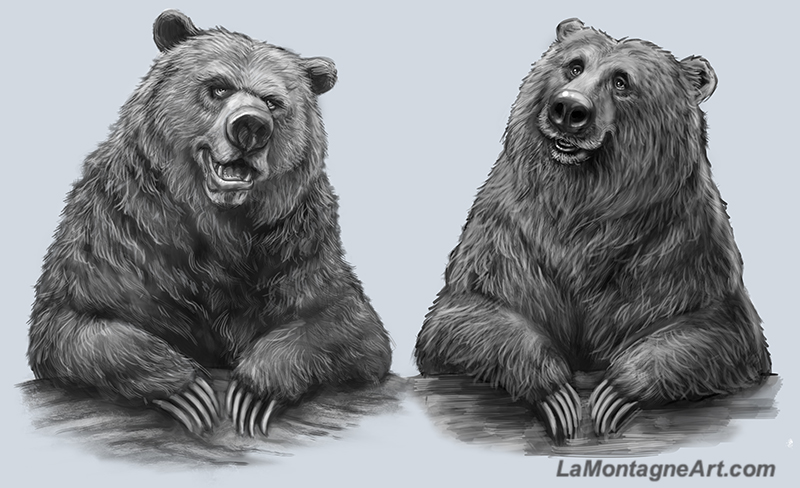 However, when I dropped and dragged them together into one image, the digital canvas was very long. A long horizontal canvas has appeal for a canvas or metal print. However, from a commercial perspective, it would limit what I could offer for licensing and paper prints.
However, when I dropped and dragged them together into one image, the digital canvas was very long. A long horizontal canvas has appeal for a canvas or metal print. However, from a commercial perspective, it would limit what I could offer for licensing and paper prints.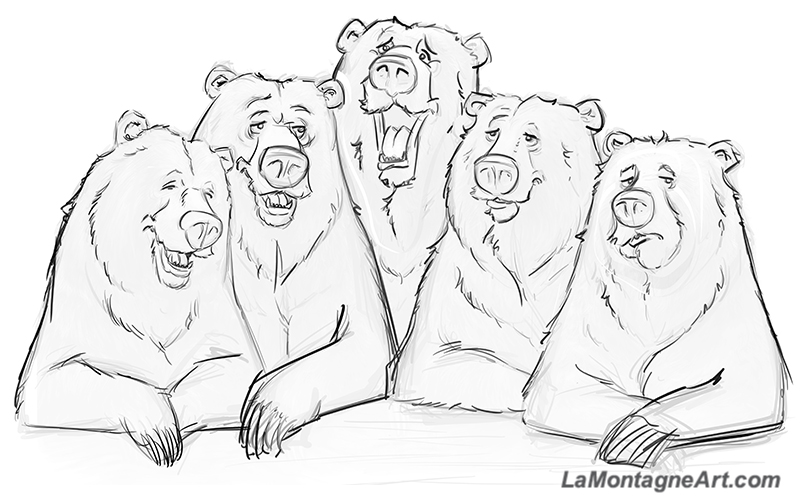 Once I was pleased with the group layout, I dropped the layer’s opacity and traced over the shapes and basic features. I did this several times, refining with each pass.
Once I was pleased with the group layout, I dropped the layer’s opacity and traced over the shapes and basic features. I did this several times, refining with each pass.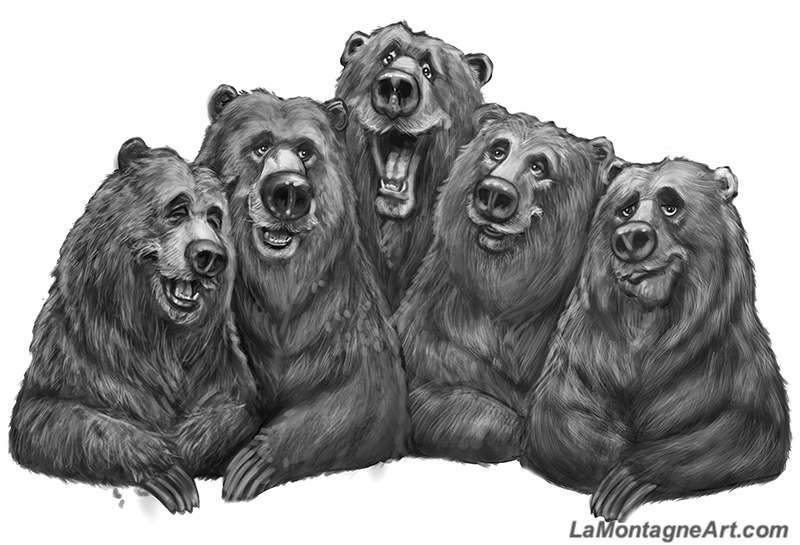 Then, I got to work on the shading, detail, expressions, and character. I do that right up until the end of every painting, as personality is the most essential part and is where I have the most fun. And with this painting, I’ve got five faces to discover instead of one.
Then, I got to work on the shading, detail, expressions, and character. I do that right up until the end of every painting, as personality is the most essential part and is where I have the most fun. And with this painting, I’ve got five faces to discover instead of one.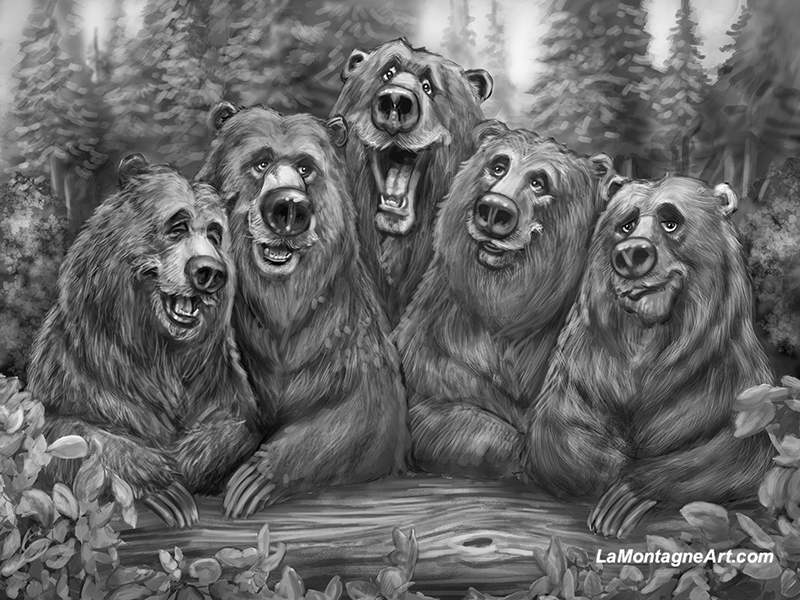 This piece seems like a family posing for a Sears portrait or the opening of a sitcom like Family Ties or Growing Pains. I’m going to call it ‘The Grizzlies.’
This piece seems like a family posing for a Sears portrait or the opening of a sitcom like Family Ties or Growing Pains. I’m going to call it ‘The Grizzlies.’


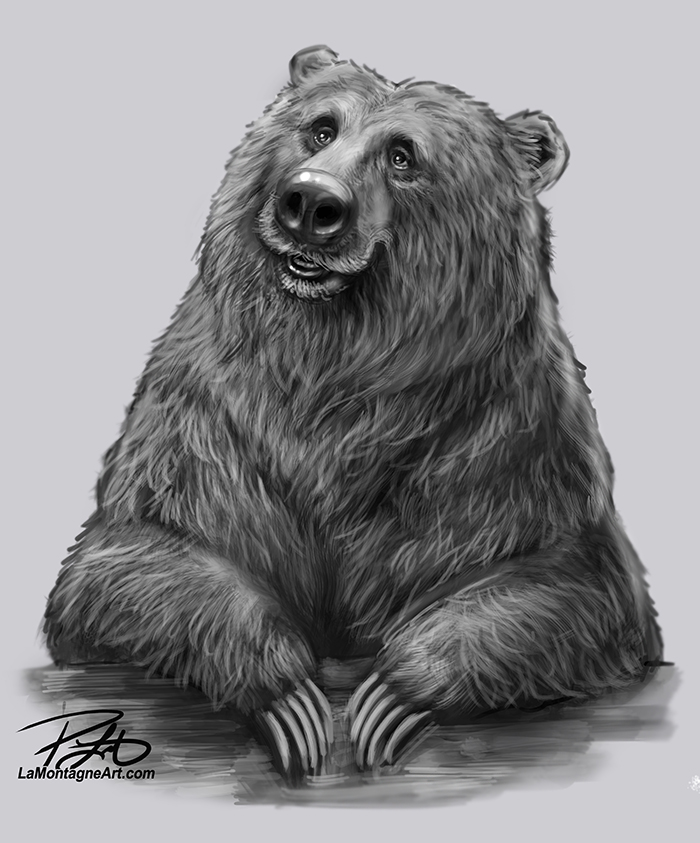 Over the past week, I’ve received a few
Over the past week, I’ve received a few 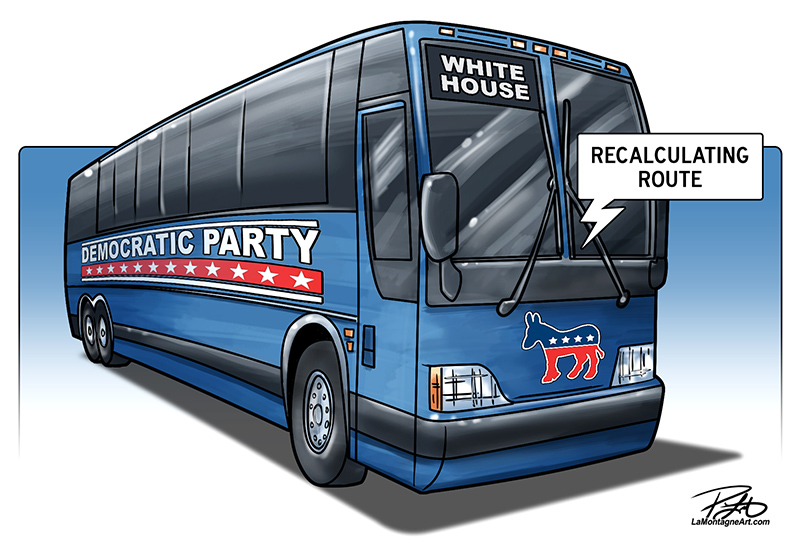 This past Sunday, I had drawn two cartoons in the morning and was going to paint all afternoon. Then President Biden announced he was no longer running for re-election, and suddenly, I had to draw a new cartoon for Monday morning. While drawing each cartoon takes a few hours or more, I first have to come up with the idea, which also takes time.
This past Sunday, I had drawn two cartoons in the morning and was going to paint all afternoon. Then President Biden announced he was no longer running for re-election, and suddenly, I had to draw a new cartoon for Monday morning. While drawing each cartoon takes a few hours or more, I first have to come up with the idea, which also takes time.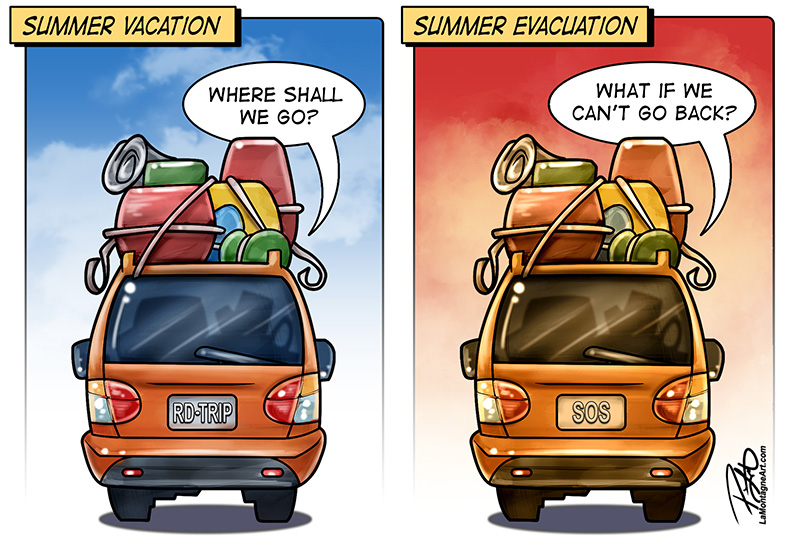 Adjusting course, I planned to paint all day Tuesday but woke to find out that the town of Jasper had evacuated for a wildfire. Suddenly, I had to scrap the cartoon I’d already drawn and sent Monday afternoon for the
Adjusting course, I planned to paint all day Tuesday but woke to find out that the town of Jasper had evacuated for a wildfire. Suddenly, I had to scrap the cartoon I’d already drawn and sent Monday afternoon for the 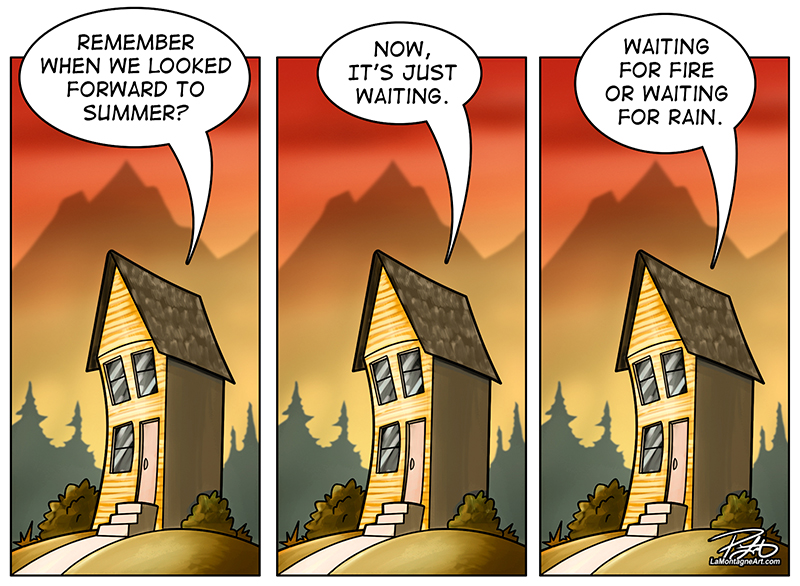 Having been through an evacuation in 2013 (water, not fire), and the odds are a little too good we may one day go through that again; I feel for those people. It’s a frightening thing to leave your home and not know if will be there when you get back. As the fire has breached the town of Jasper, and structures are burning, some people will lose everything. What makes it worse is when insensitive, small-minded keyboard warriors post stupid things like, “It’s only stuff.”
Having been through an evacuation in 2013 (water, not fire), and the odds are a little too good we may one day go through that again; I feel for those people. It’s a frightening thing to leave your home and not know if will be there when you get back. As the fire has breached the town of Jasper, and structures are burning, some people will lose everything. What makes it worse is when insensitive, small-minded keyboard warriors post stupid things like, “It’s only stuff.”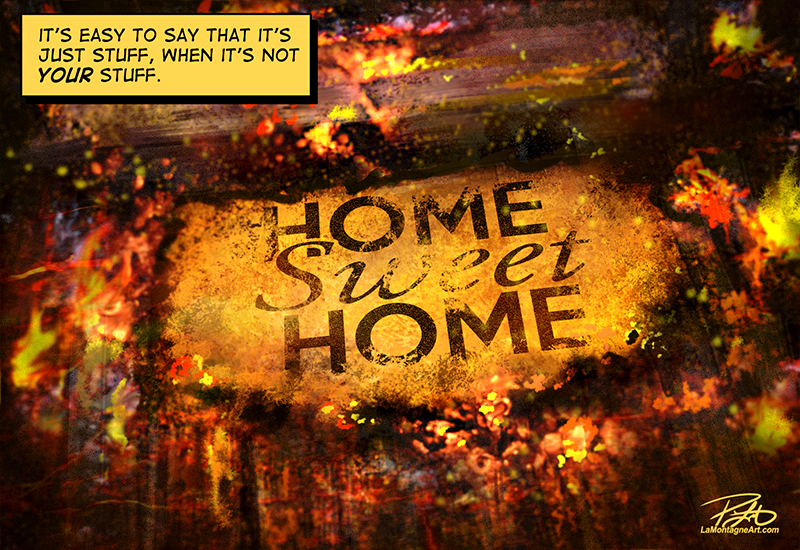 I have several paintings in progress, a few I expected to be done by now, which is frustrating. Because each features several animals, they take much longer, contributing to the feeling I’m not producing enough finished work.
I have several paintings in progress, a few I expected to be done by now, which is frustrating. Because each features several animals, they take much longer, contributing to the feeling I’m not producing enough finished work.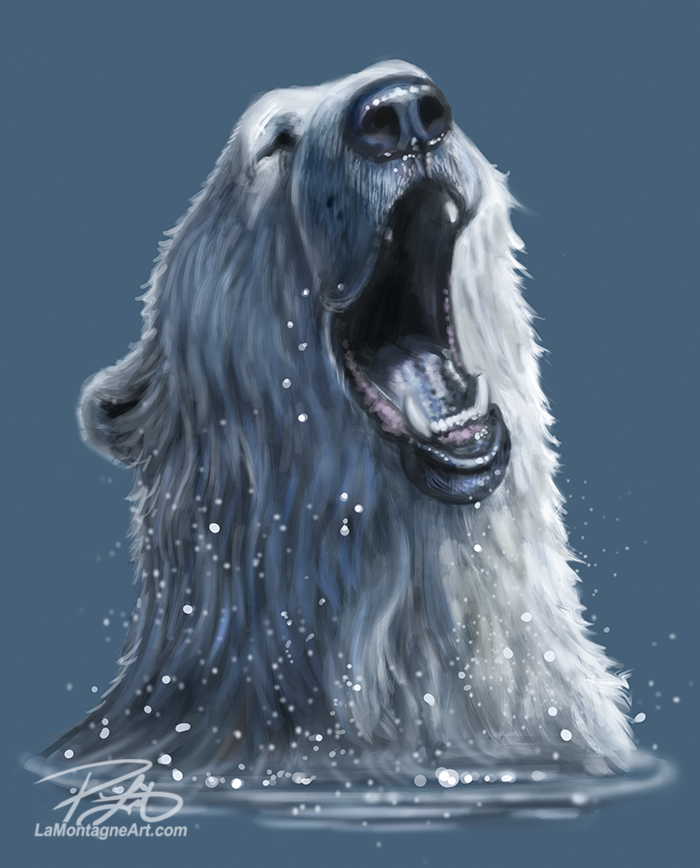 In the meantime, I hope you’re having a good summer despite the oppressive heat and wildfire smoke in some places. After a cool and comfortable rainy June, our July has sucked up all the moisture, and our brown grass and crispy trees could use some precipitation.
In the meantime, I hope you’re having a good summer despite the oppressive heat and wildfire smoke in some places. After a cool and comfortable rainy June, our July has sucked up all the moisture, and our brown grass and crispy trees could use some precipitation.
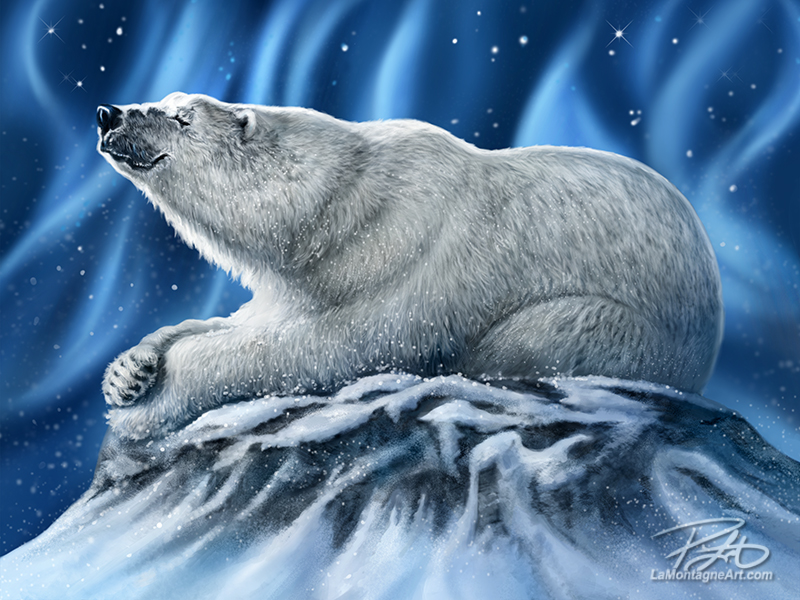 I dropped off a large print and sticker order to the
I dropped off a large print and sticker order to the 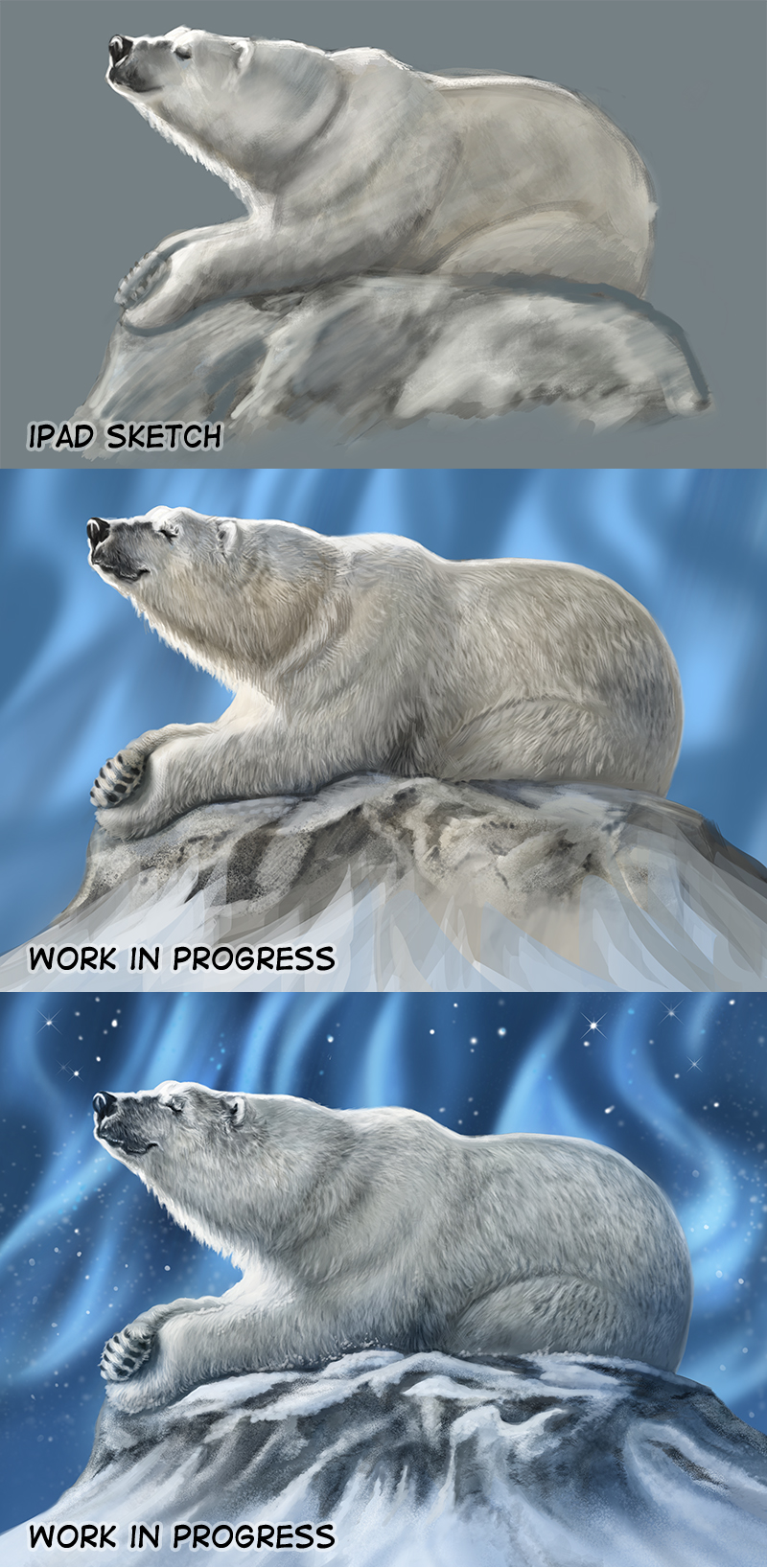
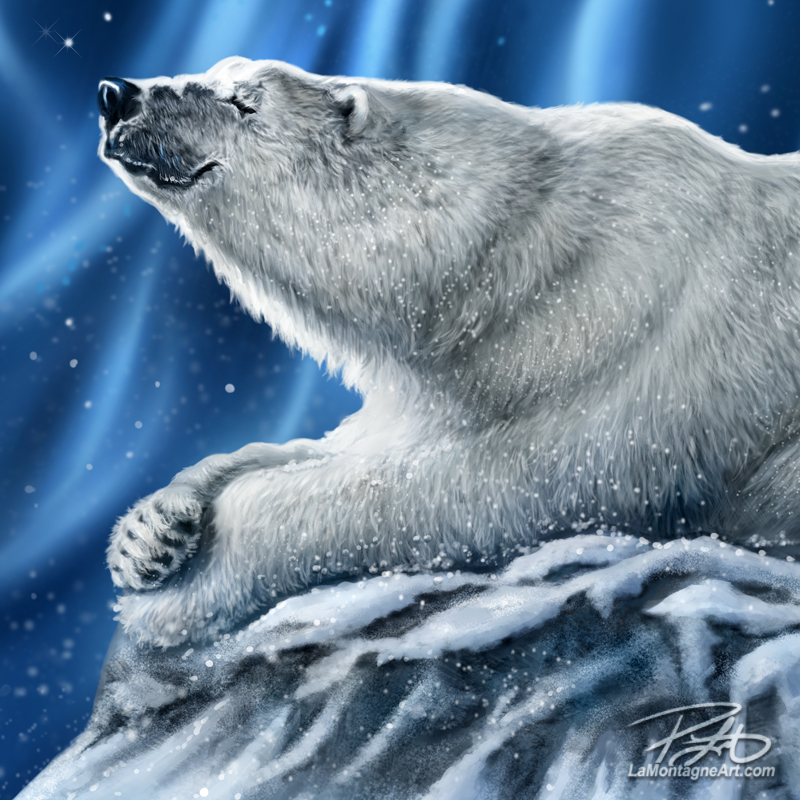 Titles are challenging. While I prefer to come up with something funny or endearing for each painting, I also need to consider my clients and their customers. Simple identifying titles are often better, especially as my portfolio grows. I already have two polar bear paintings
Titles are challenging. While I prefer to come up with something funny or endearing for each painting, I also need to consider my clients and their customers. Simple identifying titles are often better, especially as my portfolio grows. I already have two polar bear paintings 
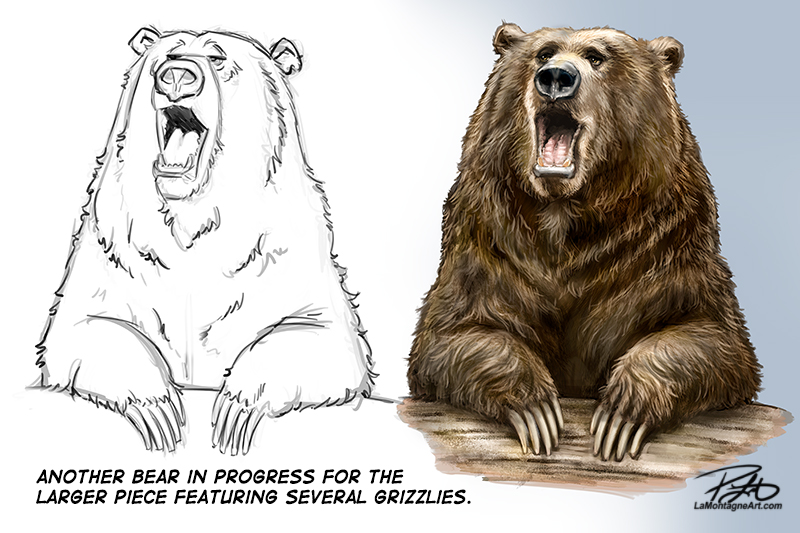 The paintings I was already working on need to be done by the end of next month so I can order puzzles and products for the markets. Then there are the sketches, paintings and writing for the book, six editorial
The paintings I was already working on need to be done by the end of next month so I can order puzzles and products for the markets. Then there are the sketches, paintings and writing for the book, six editorial 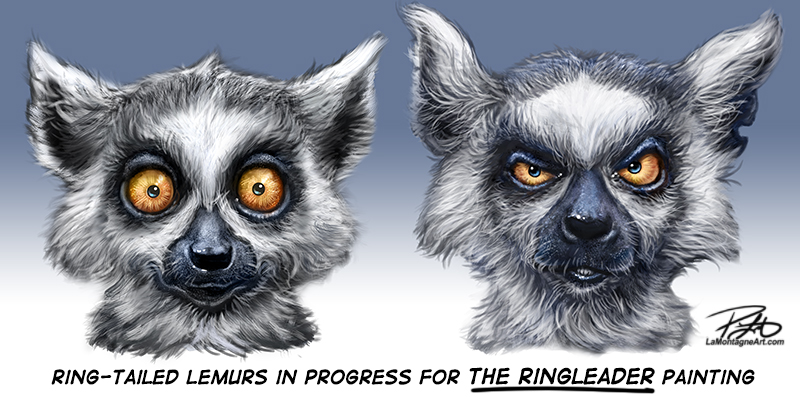 Sure, I’ll bitch about being too busy sometimes, but I chose this. Though the landscape will change, as will the work, and it’s unlikely ever to get easier, I plan to create art as long as possible. I don’t know if I could do anything else, now.
Sure, I’ll bitch about being too busy sometimes, but I chose this. Though the landscape will change, as will the work, and it’s unlikely ever to get easier, I plan to create art as long as possible. I don’t know if I could do anything else, now.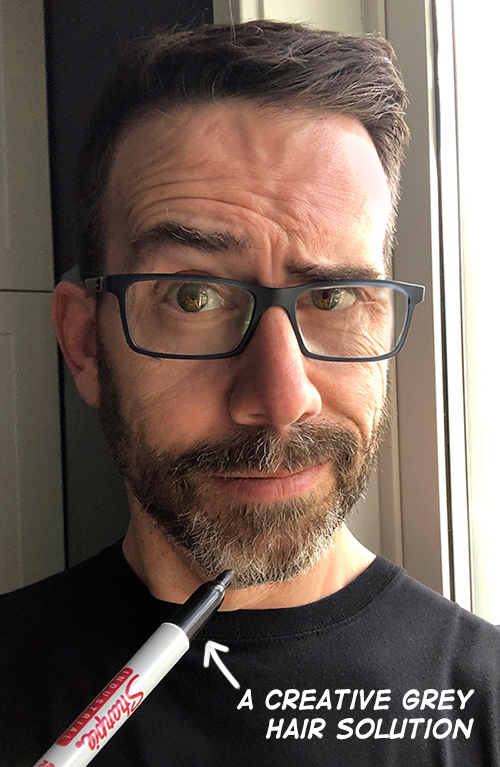 I’m grateful for so many of you who follow my work, comment on my posts or write emails, sending me wildlife pictures and thoughts about something I’ve shared or the artwork in general. With so much content available to us, that anyone volunteers to receive my
I’m grateful for so many of you who follow my work, comment on my posts or write emails, sending me wildlife pictures and thoughts about something I’ve shared or the artwork in general. With so much content available to us, that anyone volunteers to receive my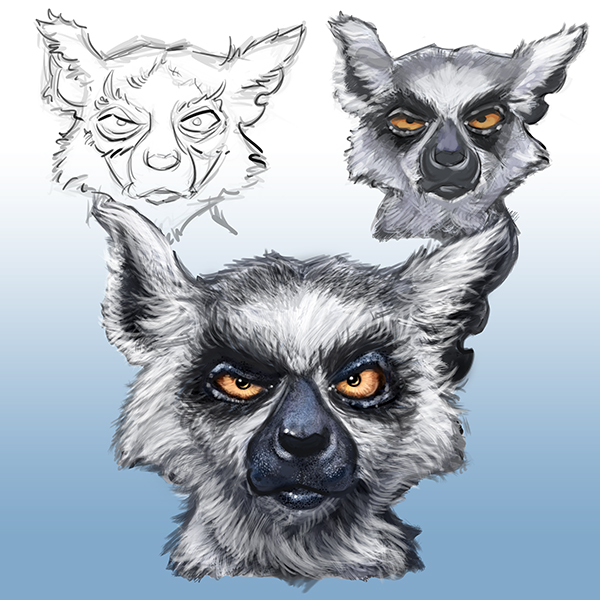
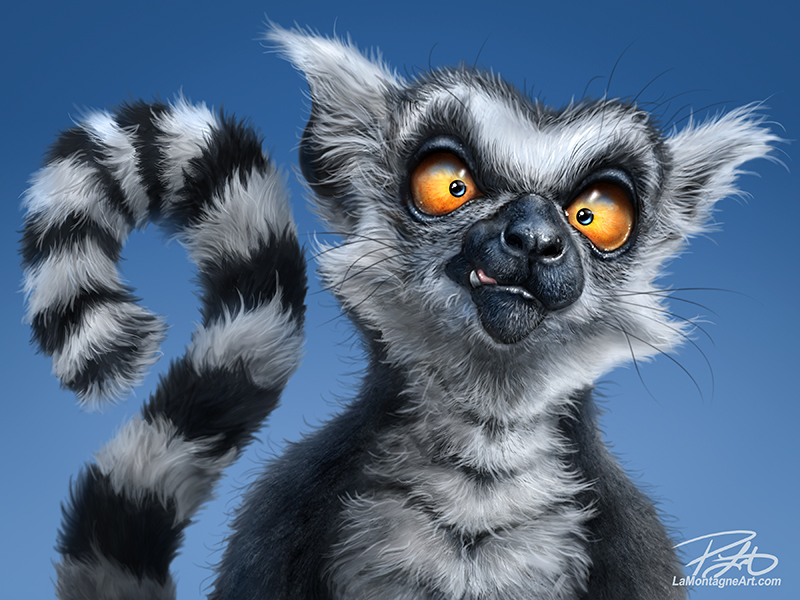
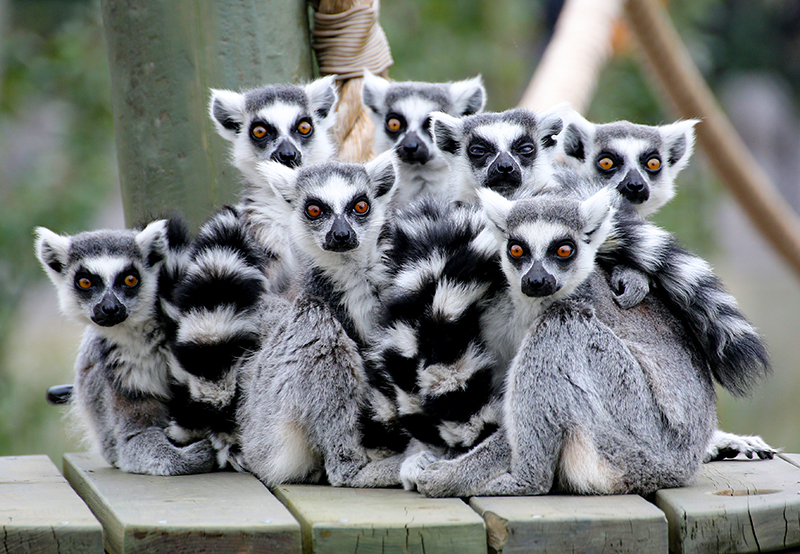 This photo always makes me chuckle. That evil-looking stare straight down my lens, the squinting focused eyes, the chunk missing from her ear. She reminds me of a gangster saying, “Come closer. See what happens.”
This photo always makes me chuckle. That evil-looking stare straight down my lens, the squinting focused eyes, the chunk missing from her ear. She reminds me of a gangster saying, “Come closer. See what happens.”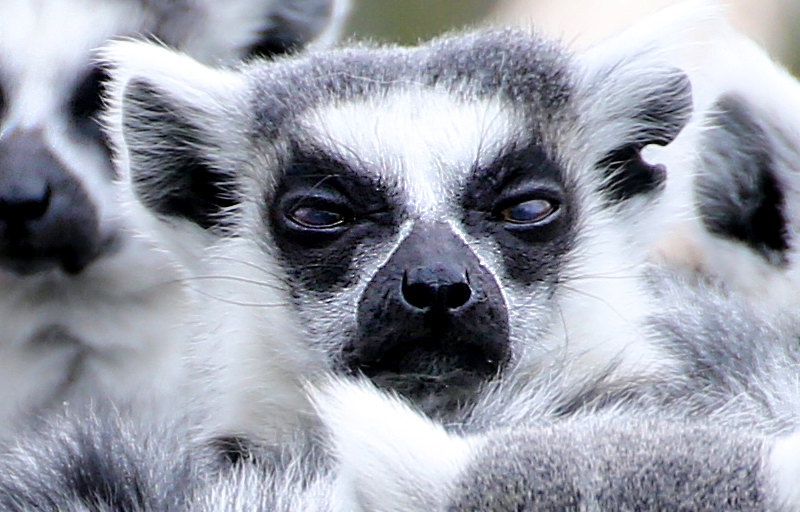
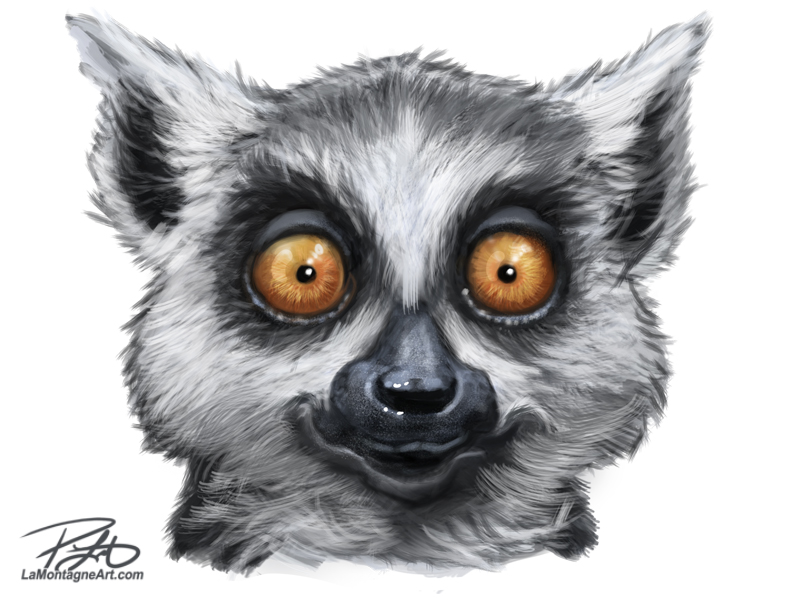 I’m happy with how it’s turned out so far, and I’m also hoping to offer the finished piece as a puzzle later this year.
I’m happy with how it’s turned out so far, and I’m also hoping to offer the finished piece as a puzzle later this year.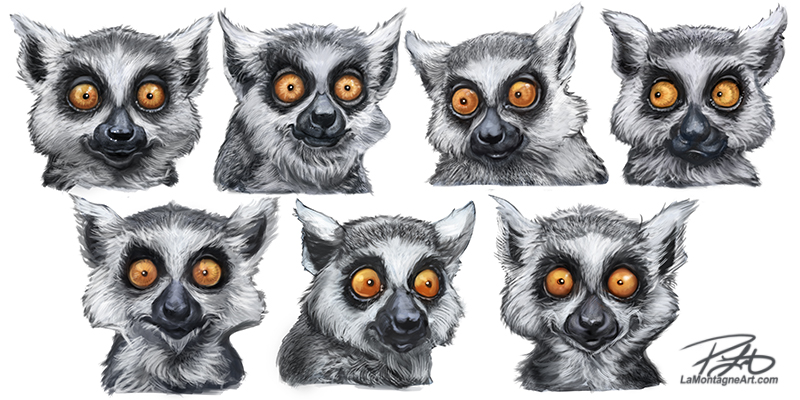 So, when I’m working on several paintings at once and more involved pieces featuring multiple animals or more detailed backgrounds, paintings that take much longer than a whimsical head and shoulders portrait can be uncomfortable. It feels like I’m not getting enough done.
So, when I’m working on several paintings at once and more involved pieces featuring multiple animals or more detailed backgrounds, paintings that take much longer than a whimsical head and shoulders portrait can be uncomfortable. It feels like I’m not getting enough done.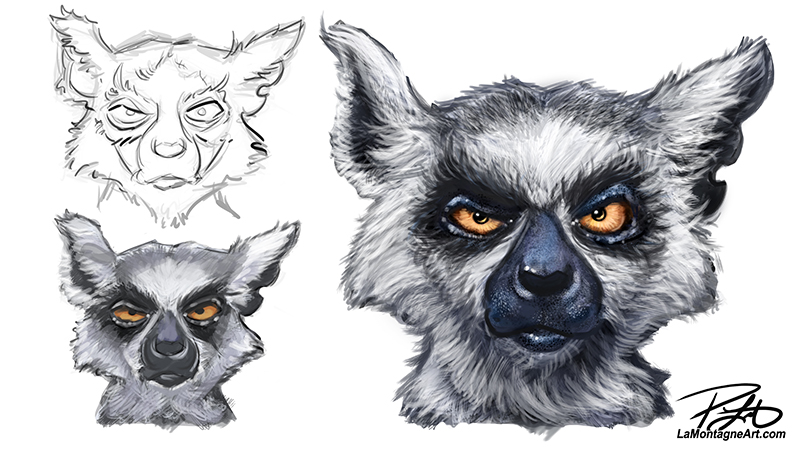 The finished piece will be a lot more detailed than the images in progress you see here. But the vision for what I’m trying to achieve is clear in my mind, and I’m having fun discovering each of these faces.
The finished piece will be a lot more detailed than the images in progress you see here. But the vision for what I’m trying to achieve is clear in my mind, and I’m having fun discovering each of these faces.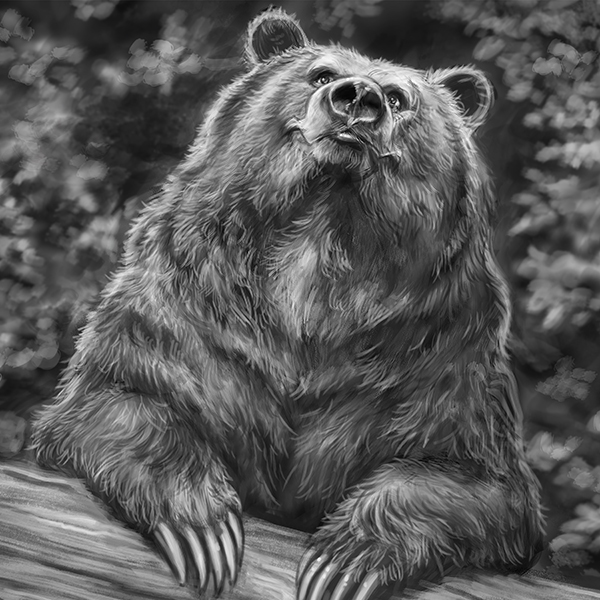
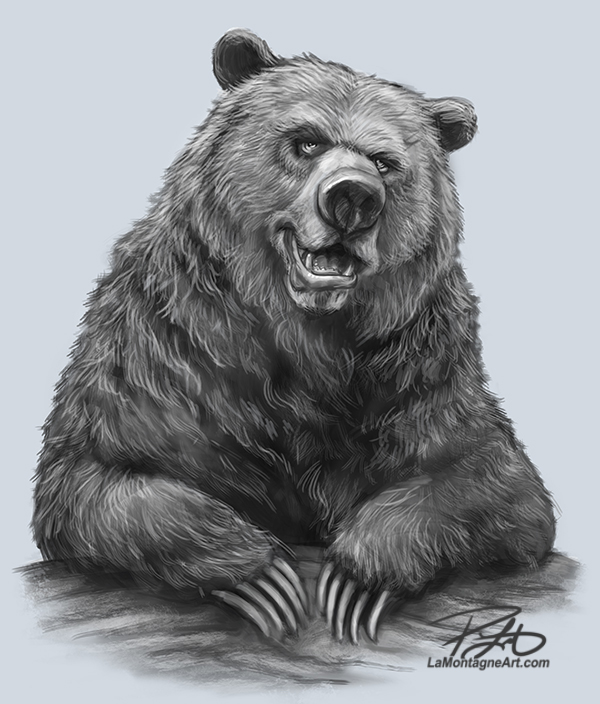 I rarely visit the
I rarely visit the 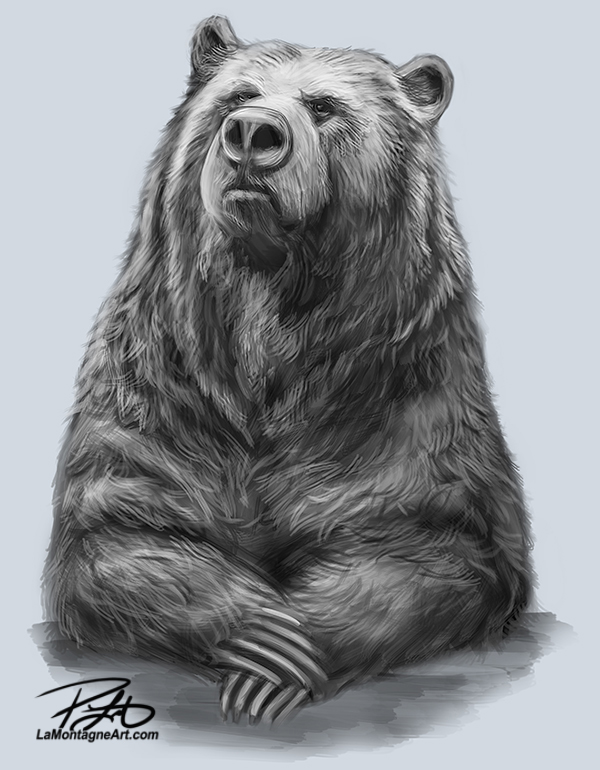 Parks Canada officials would have euthanized Bear #16 in 1996, but the Calgary Zoo had an opening, and he has lived there ever since. In the wild, a male grizzly doesn’t live far past his 20s. Skoki is now 37 years old. He is an old bear and looks it, but despite obvious age-related deficiencies, he’s healthy.
Parks Canada officials would have euthanized Bear #16 in 1996, but the Calgary Zoo had an opening, and he has lived there ever since. In the wild, a male grizzly doesn’t live far past his 20s. Skoki is now 37 years old. He is an old bear and looks it, but despite obvious age-related deficiencies, he’s healthy.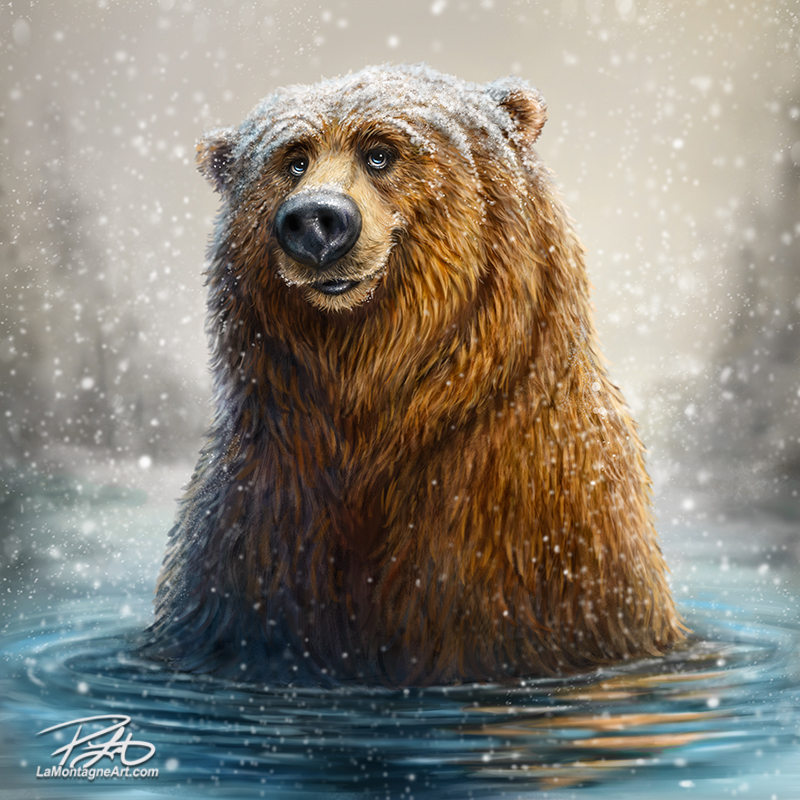
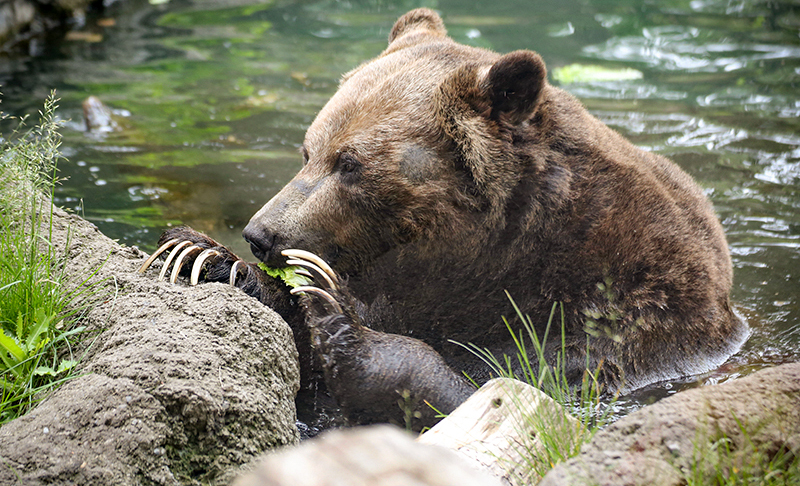 One day in June last year, after dropping off prints, I found Skoki active again. I followed him around his large enclosure until he did something I’d never seen before. He walked the length of a log until he came to a larger log that crossed it. He straddled the one on which he’d been walking and put his paws up on the crossed log. He looked like he’d just bellied up to the bar and was waiting for service.
One day in June last year, after dropping off prints, I found Skoki active again. I followed him around his large enclosure until he did something I’d never seen before. He walked the length of a log until he came to a larger log that crossed it. He straddled the one on which he’d been walking and put his paws up on the crossed log. He looked like he’d just bellied up to the bar and was waiting for service.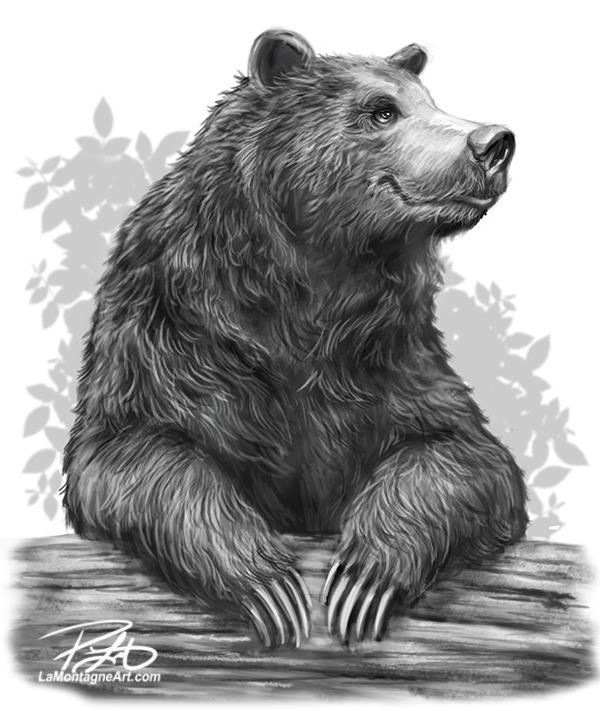 This painting has been rattling around in my noggin for quite a while, and I’ve drawn several sketches, including the ones in this post. All the reference I’m using for this work in progress is Skoki, but I’ll make the five bears different heights, weights and colour variations so they don’t all look like the same bear. Other photo references will help me do that, and I’m planning more sketches like these to explore my options.
This painting has been rattling around in my noggin for quite a while, and I’ve drawn several sketches, including the ones in this post. All the reference I’m using for this work in progress is Skoki, but I’ll make the five bears different heights, weights and colour variations so they don’t all look like the same bear. Other photo references will help me do that, and I’m planning more sketches like these to explore my options.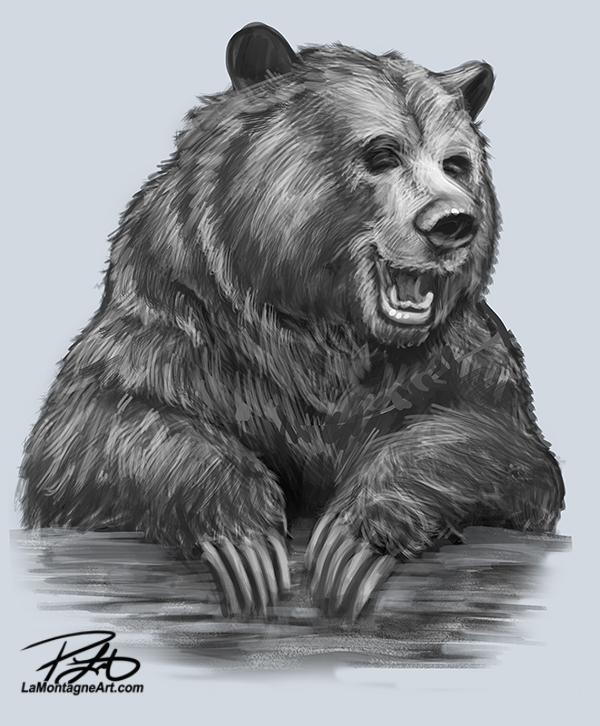 I started one of these Skoki sketches a little while ago and figured I’d try a full pose of how he sat that day. Before I knew it, I had drawn more detail and realized the image below was becoming its own painting.
I started one of these Skoki sketches a little while ago and figured I’d try a full pose of how he sat that day. Before I knew it, I had drawn more detail and realized the image below was becoming its own painting.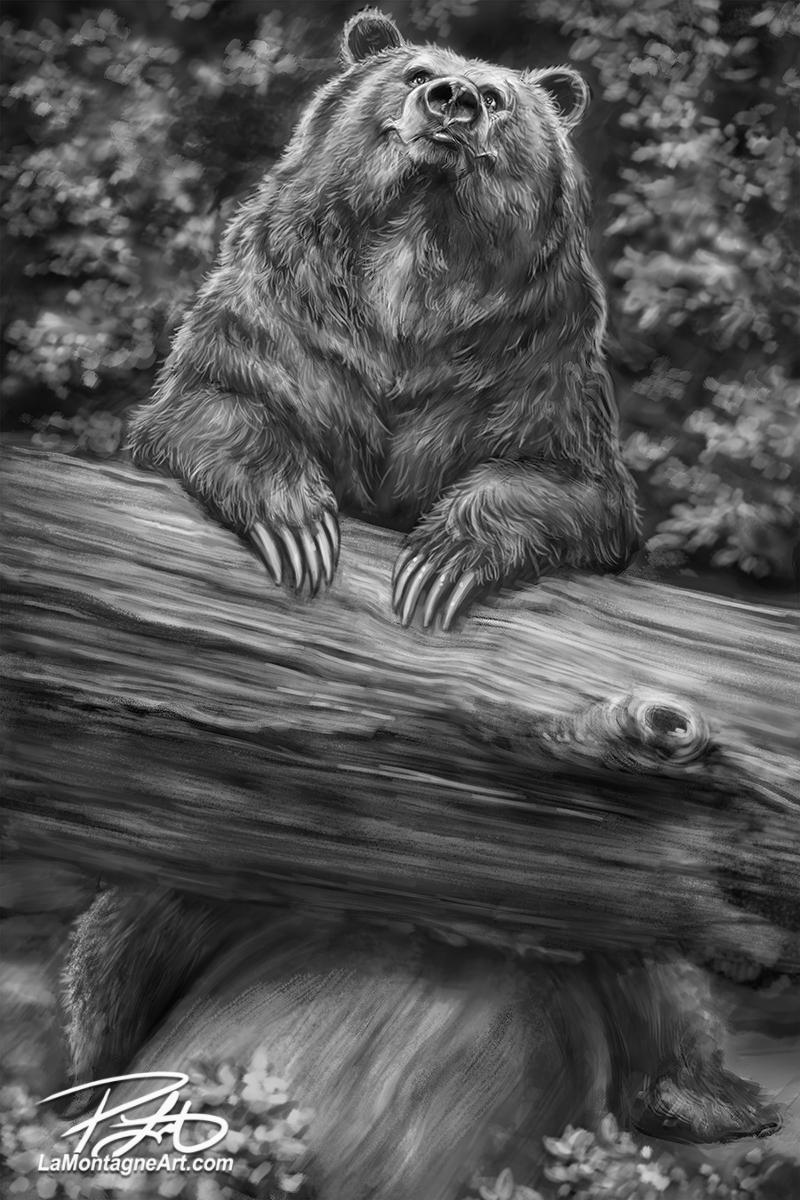 Because I don’t paint a lot of backgrounds in my work, I’ll often begin some paintings in grayscale so I can get the light, shadows and contrast right. Later, I can add colour using various techniques I’ve discovered in over twenty years of digital painting.
Because I don’t paint a lot of backgrounds in my work, I’ll often begin some paintings in grayscale so I can get the light, shadows and contrast right. Later, I can add colour using various techniques I’ve discovered in over twenty years of digital painting.
 If your art becomes popular enough that people like it, share it and buy it, somebody will steal it. Some creatives stamp ugly watermarks across every image they post to try to combat this, but what’s the point if you need to go that far?
If your art becomes popular enough that people like it, share it and buy it, somebody will steal it. Some creatives stamp ugly watermarks across every image they post to try to combat this, but what’s the point if you need to go that far? Several years ago, my friend Kathryn alerted me to a woman on Vancouver Island using my Otter painting as the logo for her business. It was on her business cards, a sidewalk sandwich board, window decals and advertising. When I called the owner on it, she said she Googled ‘royalty-free images’ and my otter came up. I asked if Mickey Mouse had come up in that search, would she think Disney would allow her to use him as her logo? My signature is still on the image on that sign! She angrily told me I was being unreasonable and said if I had been nicer, we could have come to an arrangement.
Several years ago, my friend Kathryn alerted me to a woman on Vancouver Island using my Otter painting as the logo for her business. It was on her business cards, a sidewalk sandwich board, window decals and advertising. When I called the owner on it, she said she Googled ‘royalty-free images’ and my otter came up. I asked if Mickey Mouse had come up in that search, would she think Disney would allow her to use him as her logo? My signature is still on the image on that sign! She angrily told me I was being unreasonable and said if I had been nicer, we could have come to an arrangement. Another company in the same area had my Moose and Grizzly Bear paintings on their chocolate-covered candy labels sold in a local store. The company’s owner in Eastern Canada said they’d hired a graphic designer to make the labels. He just stole my work online and passed it off as his own.
Another company in the same area had my Moose and Grizzly Bear paintings on their chocolate-covered candy labels sold in a local store. The company’s owner in Eastern Canada said they’d hired a graphic designer to make the labels. He just stole my work online and passed it off as his own. From what I’ve found, she stole my Coyote, Grizzly, Black Bear, Moose, Squirrel, Peanuts and Smiling Tiger paintings, but likely more than that. While the first five are no longer bestsellers, and a couple are even retired, my Smiling Tiger and Peanuts paintings are two of my most popular, bestselling and frequently licensed images.
From what I’ve found, she stole my Coyote, Grizzly, Black Bear, Moose, Squirrel, Peanuts and Smiling Tiger paintings, but likely more than that. While the first five are no longer bestsellers, and a couple are even retired, my Smiling Tiger and Peanuts paintings are two of my most popular, bestselling and frequently licensed images.
 After a whole career dealing with this kind of thing, I am firm-footed in ‘fool me twice’ territory. Her reply almost stopped me from writing this post, but she’s standing proudly in that photo with six large canvases of an art style I’ve spent years developing. And 24 hours after her apology, my work is still visible on her social media with mentions of her amazing paintings. Very sincere.
After a whole career dealing with this kind of thing, I am firm-footed in ‘fool me twice’ territory. Her reply almost stopped me from writing this post, but she’s standing proudly in that photo with six large canvases of an art style I’ve spent years developing. And 24 hours after her apology, my work is still visible on her social media with mentions of her amazing paintings. Very sincere.

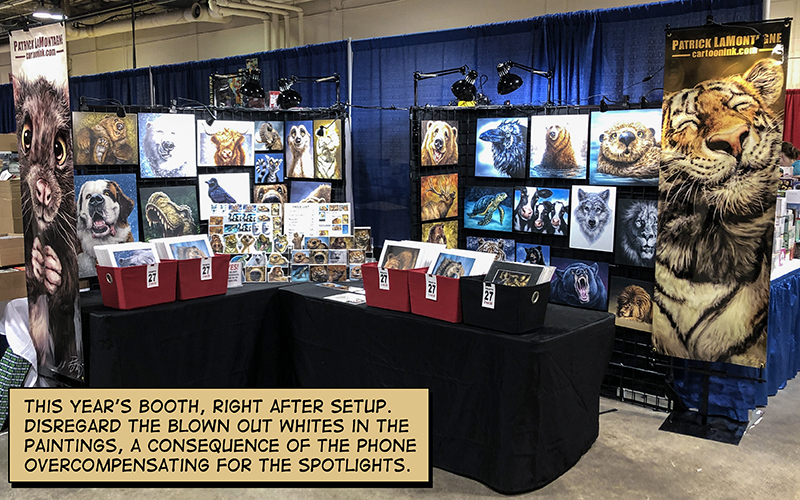 From early prep to tear down, Expo went so smoothly that I kept waiting for something bad to happen. My booth location was ideal, my neighbours were friendly, and all the vendors I spoke with seemed to have a good show.
From early prep to tear down, Expo went so smoothly that I kept waiting for something bad to happen. My booth location was ideal, my neighbours were friendly, and all the vendors I spoke with seemed to have a good show.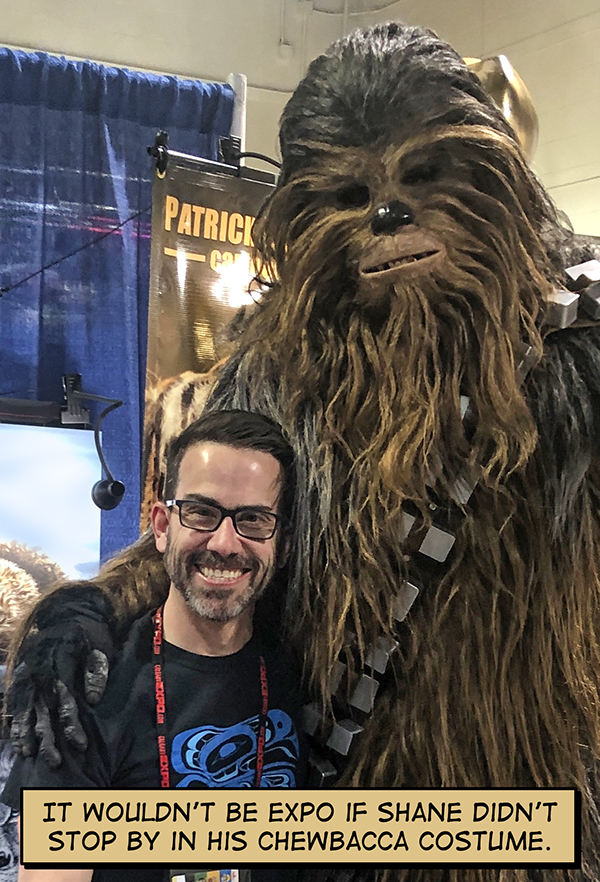 I always come away from this show inspired to draw and paint, with an overwhelming gratitude for those who allow me to keep doing it. Like most artists, I’m an introvert who spends most of my time alone with my work, so when I meet people who enjoy it, it refills the creative tank.
I always come away from this show inspired to draw and paint, with an overwhelming gratitude for those who allow me to keep doing it. Like most artists, I’m an introvert who spends most of my time alone with my work, so when I meet people who enjoy it, it refills the creative tank.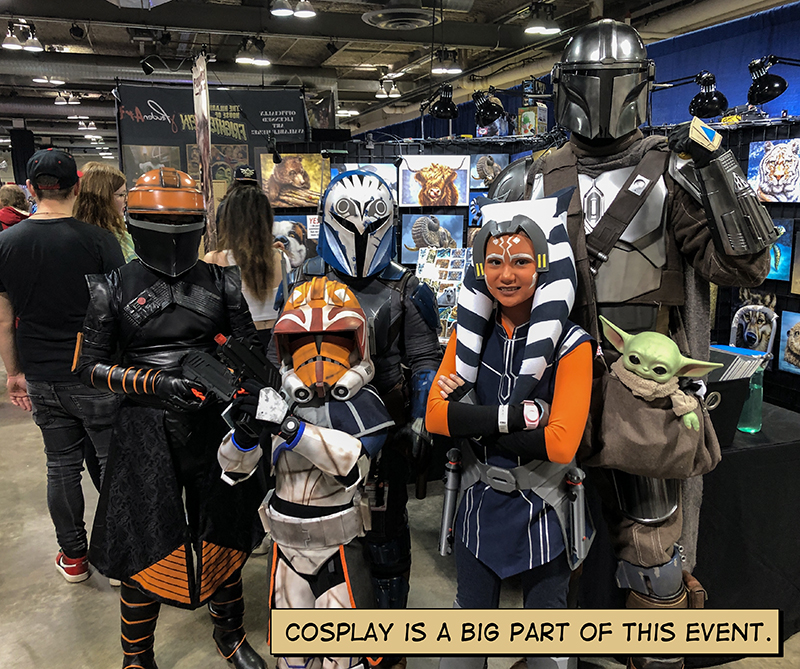 During the first two hours on Thursday, I saw many regulars flood my booth. It was chaos, it was bedlam, it was awesome. The only downside was that these were all people I wanted to spend extra time with, but they all showed up at once. I had the best Thursday sales I’ve ever had, and most of those were from longtime collectors and subscribers to
During the first two hours on Thursday, I saw many regulars flood my booth. It was chaos, it was bedlam, it was awesome. The only downside was that these were all people I wanted to spend extra time with, but they all showed up at once. I had the best Thursday sales I’ve ever had, and most of those were from longtime collectors and subscribers to 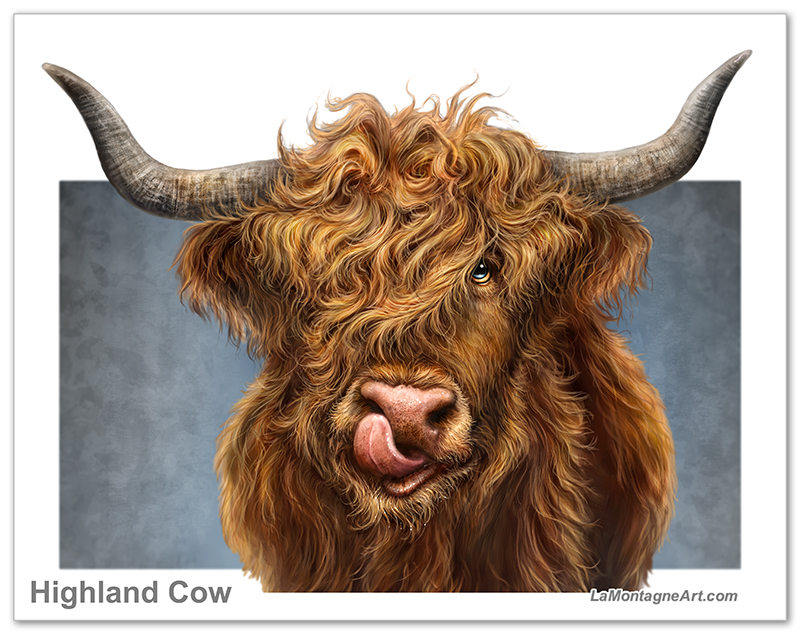
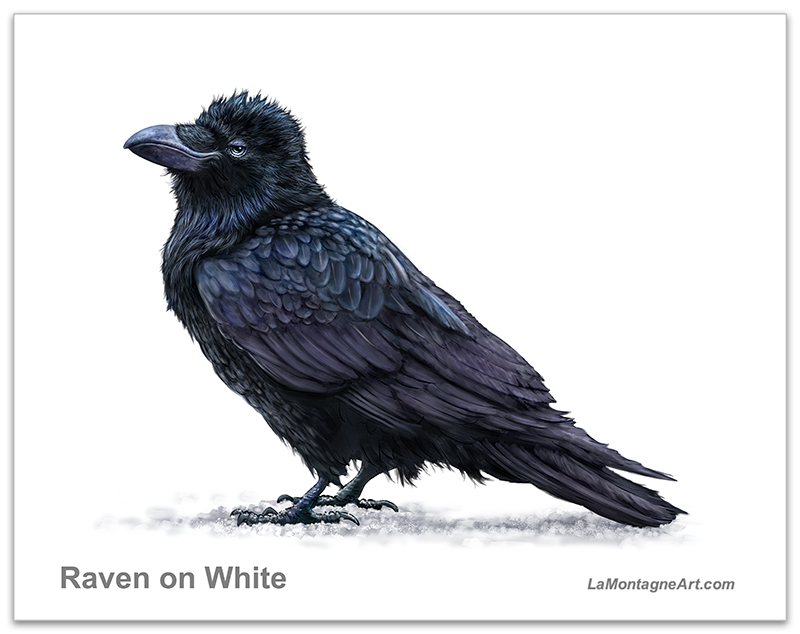

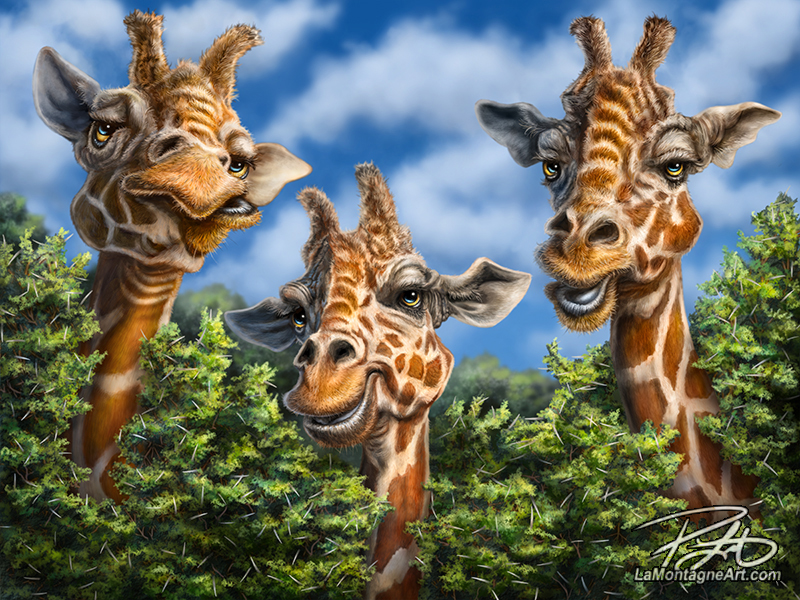
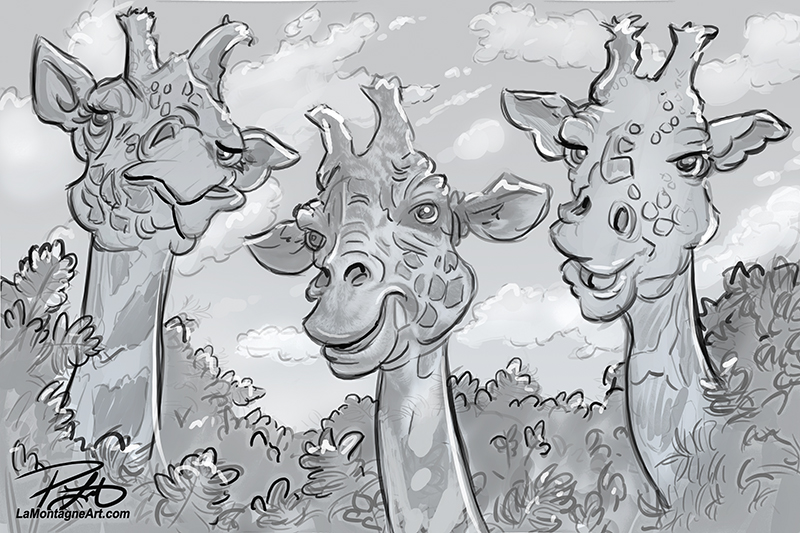
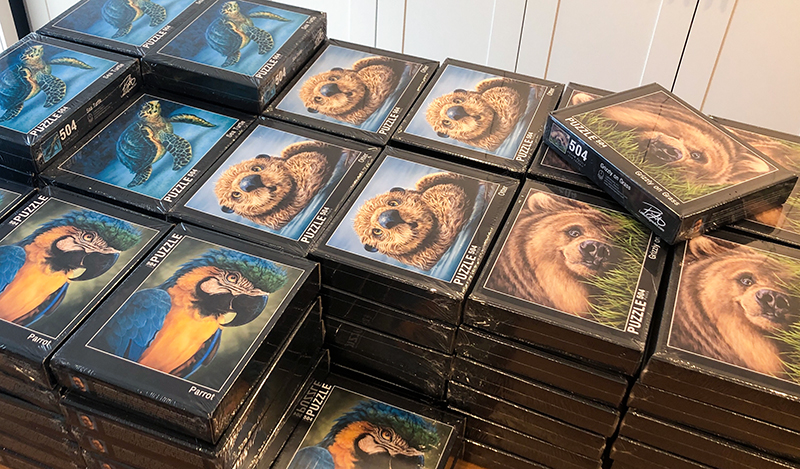 I’m working on five different paintings right now, a few that feature multiple animals in the scene, and I aim to include those on future puzzles later this summer, 1000-piece options many of you have been asking for.
I’m working on five different paintings right now, a few that feature multiple animals in the scene, and I aim to include those on future puzzles later this summer, 1000-piece options many of you have been asking for.
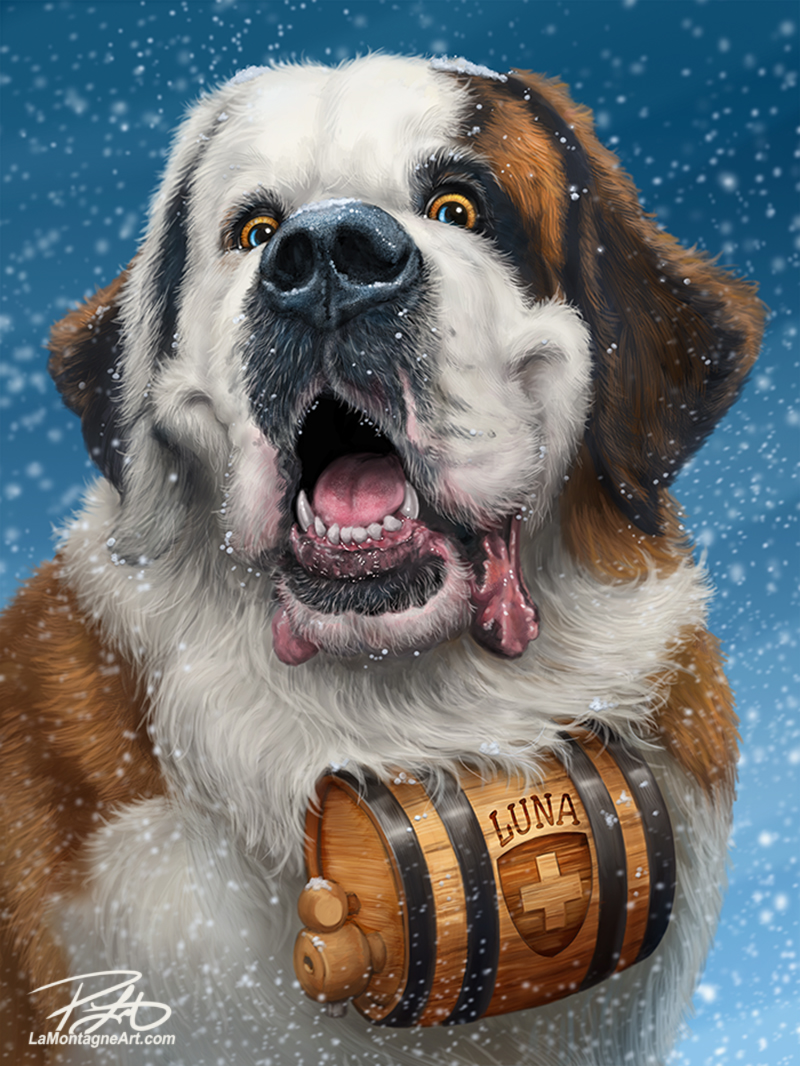
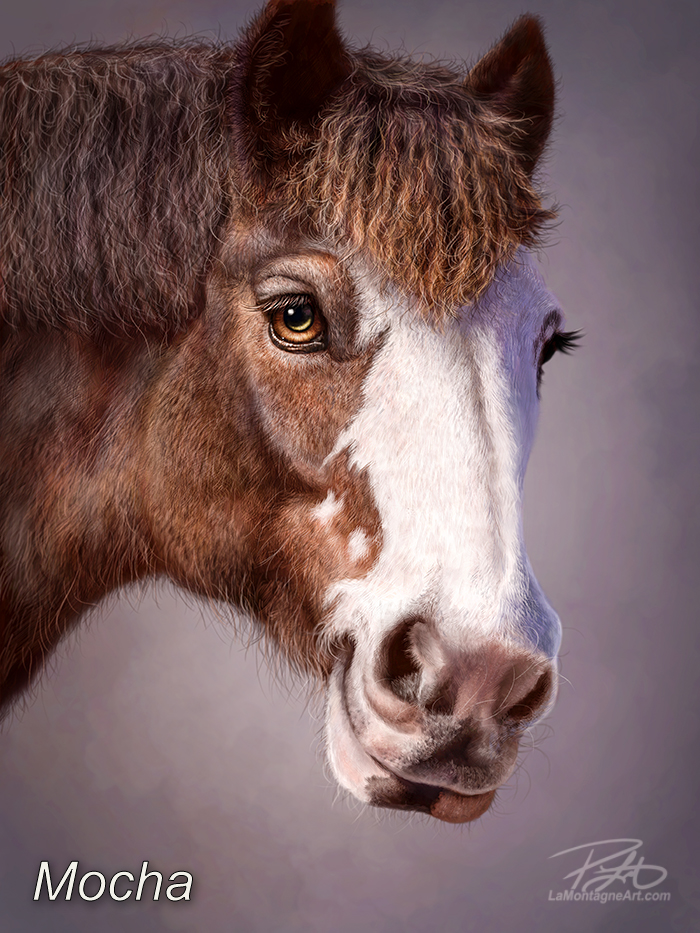 The difficulty with commission work is that, aside from advertising the work to future clients, there is no market for the finished paintings. Most people don’t want a portrait of somebody else’s dog; they want one of their own. And when I’m working on a custom painting, that’s time away from everything else. So, a commissioned painting is an investment for both the client and the artist.
The difficulty with commission work is that, aside from advertising the work to future clients, there is no market for the finished paintings. Most people don’t want a portrait of somebody else’s dog; they want one of their own. And when I’m working on a custom painting, that’s time away from everything else. So, a commissioned painting is an investment for both the client and the artist.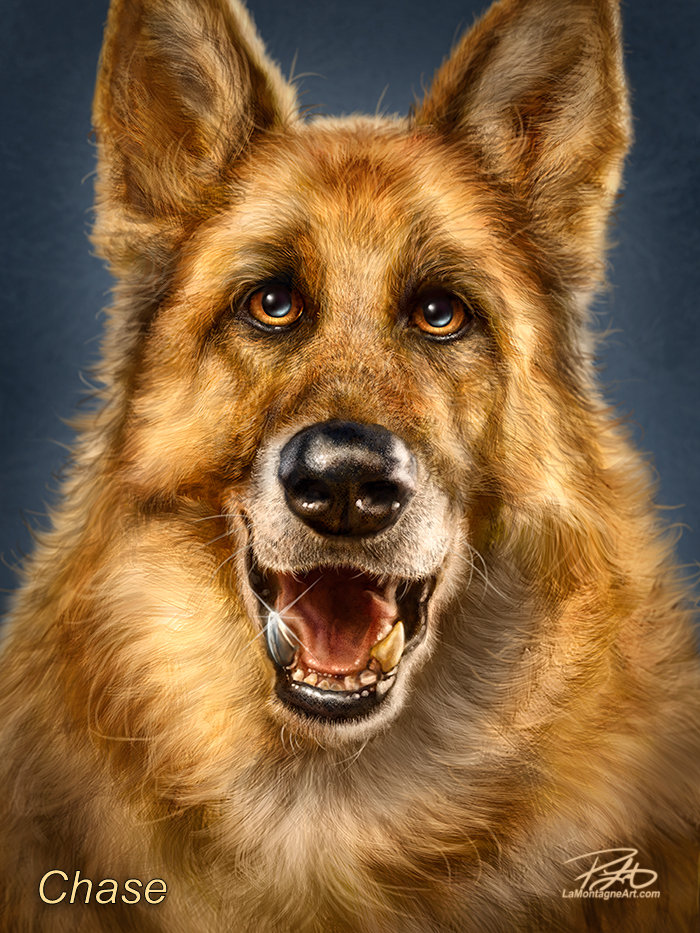 Each client and commission is different, and specific details often make a painting more fun. Chase was a retired police dog in California with a titanium tooth. It was important to the client that the tooth was evident in the piece.
Each client and commission is different, and specific details often make a painting more fun. Chase was a retired police dog in California with a titanium tooth. It was important to the client that the tooth was evident in the piece.